[最も選択された] persian silk tree leaves 114089-Persian silk tree leaves
They will even tolerate a short period of drought A 2 inch (5 cm) layer of mulch will help to protect the tree and keep the soil moist If you are getting regular rainfall, it is not necessary to water your tree Fertilize your tree with compost or organic fertilizer in early spring before theBotany Trees Leaves and inflorescence of Persian Silk Tree , illustration Persian Silk Tree flowers of the persian silk tree (albizia julibrissin) nabari, mie japanIn 1745, the Persian silk tree was already imported by England from its original habitat in China Besides the beautiful flowers, the leaves of the Albizia are extremely worthwhile The double pinnate sickleshaped leaves that resemble the leaves of a fern, fold themselves over and close at night Hence the nickname 'sleeping tree'
:max_bytes(150000):strip_icc()/growing-persian-silk-trees-albizia-julibrissin-5094178-04-127ded764375430daa8ac9fe9d3a9453.jpg)
How To Grow And Care For Silk Trees Albizia Julibrissin
Persian silk tree leaves
Persian silk tree leaves-The species name, Julibrissin, comes from the Persian word "guli brisham" which means silk flower The Silk Tree is a fastgrowing, small to medium size, deciduous tree It typically is found along roadsides, grasslands, vacant lots, clearings, or flood plain areas The tree has a broad crown and may have single or multiple trunks There are many other lookalike trees that are generally called Mimosa trees which are in the same family as Persian silk tree Though caution is advised that some species in this family do contain toxic alkaloids and haven't been studied well or at all So be sure, it's true (Persian Silk Tree/Albizia julibrissin/He Huan Hua




Persian Silk Tree Pink Silk Tree Albizia Julibrissin Mimosaceae Tree With And Without Foliage Stock Photo Picture And Rights Managed Image Pic Dae Agefotostock
⬇ Download Close up of the leaves of the Persian Silk Tree or Mimosa (Albizia julibrissin) image from the stock photo library #1915 Millions of highresolution royaltyfree, stock photos, vectors, illustrationsAbout Press Copyright Contact us Creators Advertise Developers Terms Privacy Policy & Safety How works Test new features Press Copyright Contact us Creators Its delicate bipinnate leaves look like fern fronds (or like Mimoseae plants, to which the Persian silk tree is not closely related) The tree has smooth olive colored bark which becomes striped as it ages It produces dense clusters of downlike pink flowers all summer These flowers are attractive to bees and hummingbirds
The ornamental Persian Silk tree is usually a very attractive and beautiful sight It is a deciduous tree, that is, it shed its leaves during the fall, and new leaves come in the spring It has lovely leaves like ferns They are multicompound leaves The leaf is dark green in color, with a leathery texture, and grows to a length of aboutThe silk tree is famous for its very beautiful summer blooming Care and pruning are among the actions that will enhance the blooming and spur your silk tree's growth Silk tree Facts Summary Name – Albizia julibrissin Family – Legume family Type – Tree Height – to 40 ft (6 to 12 m) Exposure – Full sun Soil type – ordinaryFind the perfect persian silk tree stock photo Huge collection, amazing choice, 100 million high quality, affordable RF and RM images No need to register, buy now!
Albizia julibrissin Summer Chocolate Purpleleaf Mimosa TreeMimosa Tree Bark, Albizzia Bark Physical Characteristics Albizia is a decidious Tree growing to 12m by 10m is hardy to zone 7 and is frost tender The Persian Silk Tree is in flower from July to August, and the seeds ripen from September to November The flowers are hermaphrodite (have both male and female organs) Albizia can fix NitrogenYour Persian Silk Tree Leaves stock images are ready Download all free or royaltyfree photos and vectors Use them in commercial designs under lifetime, perpetual




Delicate Green Leaves Of Persian Silk Tree Albizia Julibrissin On Blue Sky Background Japanese Acacia Or Pink Silk Tree The Fam Stock Image Image Of Albizia Blooming
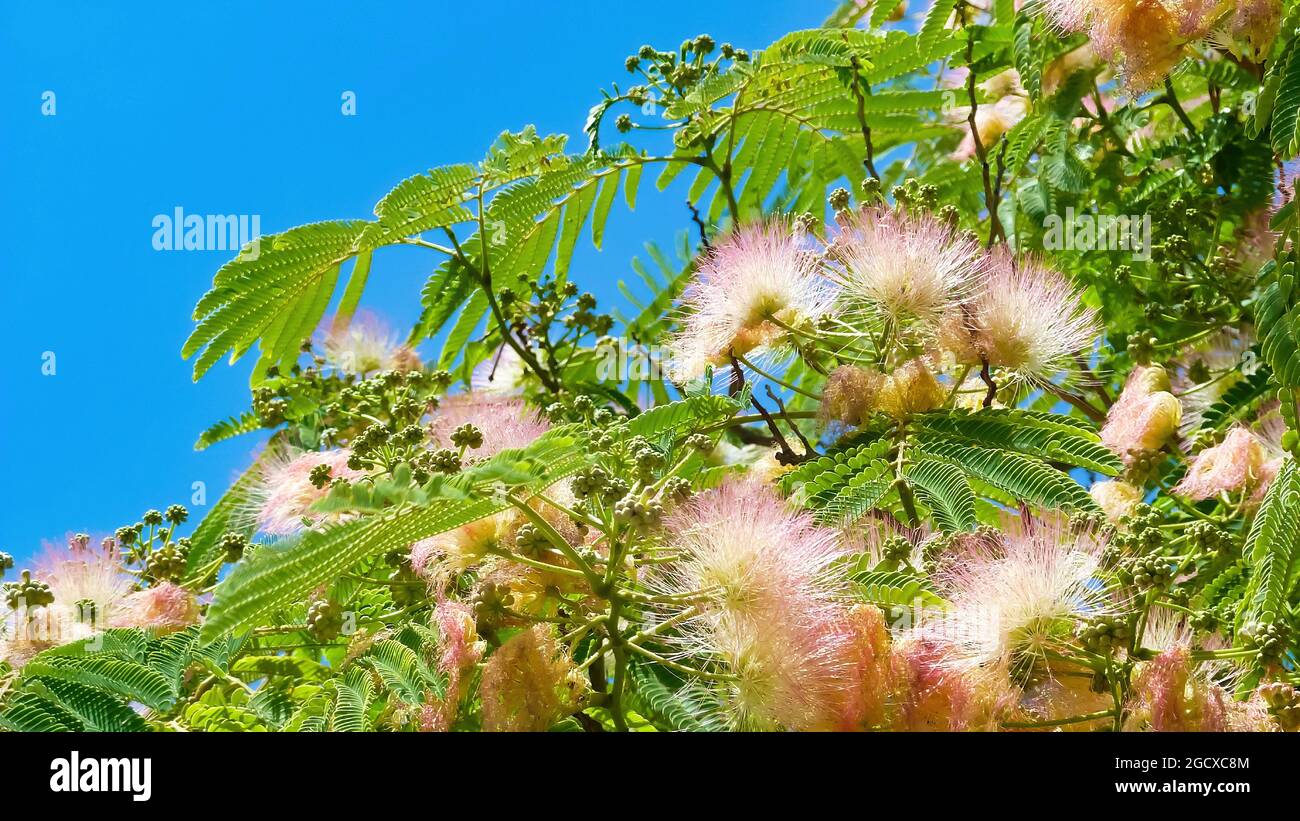



Close Up Of Isoalted Bright Flowers And Green Leaves Of Pink Persian Silk Tree Albizia Julibrissin Against Blue Sky Stock Photo Alamy
Find the perfect Persian Silk Tree stock photos and editorial news pictures from Getty Images Select from premium Persian Silk Tree of the highest qualityNoteworthy Characteristics Albizia julibrissin, commonly called mimosa or silk tree, is a fastgrowing, small to medium sized, deciduous tree that typically grows in a vase shape to 40' tall with a spreading, often umbrellalike crownIt is native to Asia (Iran to Japan) It has been widely planted in the U S as an ornamental and has escaped cultivation and naturalized in many areasPink silk tree A julibrissin f rosea is a broadcrowned, mediumsized deciduous tree with large, mimosalike bipinnate leaves Fluffy rosepink flowerheads, with prominent stamens, open in




Albizia Julibrissin Silk Tree Go Botany




Close Up Of Isoalted Bright Flowers And Green Leaves Of Pink Persian Silk Tree Albizia Julibrissin Against Blue Sky Stock Photo Alamy
Persian silk trees need full sun to perform their best Long pods filled with large seeds that will grow in warm climates Their bark bears vertical stripes when mature Common Name silk tree, Persian silk tree, mimosa Botanical Name Albizia julibrissin Family Fabaceae Growth rate fast, but is shortlived The Persian silk tree is a fastgrowing deciduous tree with a "V" shaped crown and smooth greenishgrey bark that develops stripes as it ages It can grow up to –40 feet in height It has angular, glabrous branches with many lenticels The leaves are dark green with a Silk trees need just enough water to keep moist;




Seidenbaum Seidenakazie Seidenbaum Seidenakazie Schlafbaum



Chocolate Mimosa
Persian Silk Tree in bloom with leaves Persian silk tree Albizia julibrissin Herbarium from pressed and dried leaf of Persian silk tree on antiqueAlso called silk tree, the mimosa tree (Albizia julibrissin) is a versatile shade tree with lacy leaves and Persian Silk Tree is almost entirely unknown in Western herbalism, and there's barely a shred of formal research on it anywhere In China, however, it's called He Huan – the Tree of Happiness Folk names for Persian Silk Tree in both the Middle East and Japan reflect that the plant is a "night sleeper" – that its leaves fold in upon




Albizia Julibrissin Mimosa Persian Silk Tree Pink Silk Tree Silk Tree North Carolina Extension Gardener Plant Toolbox
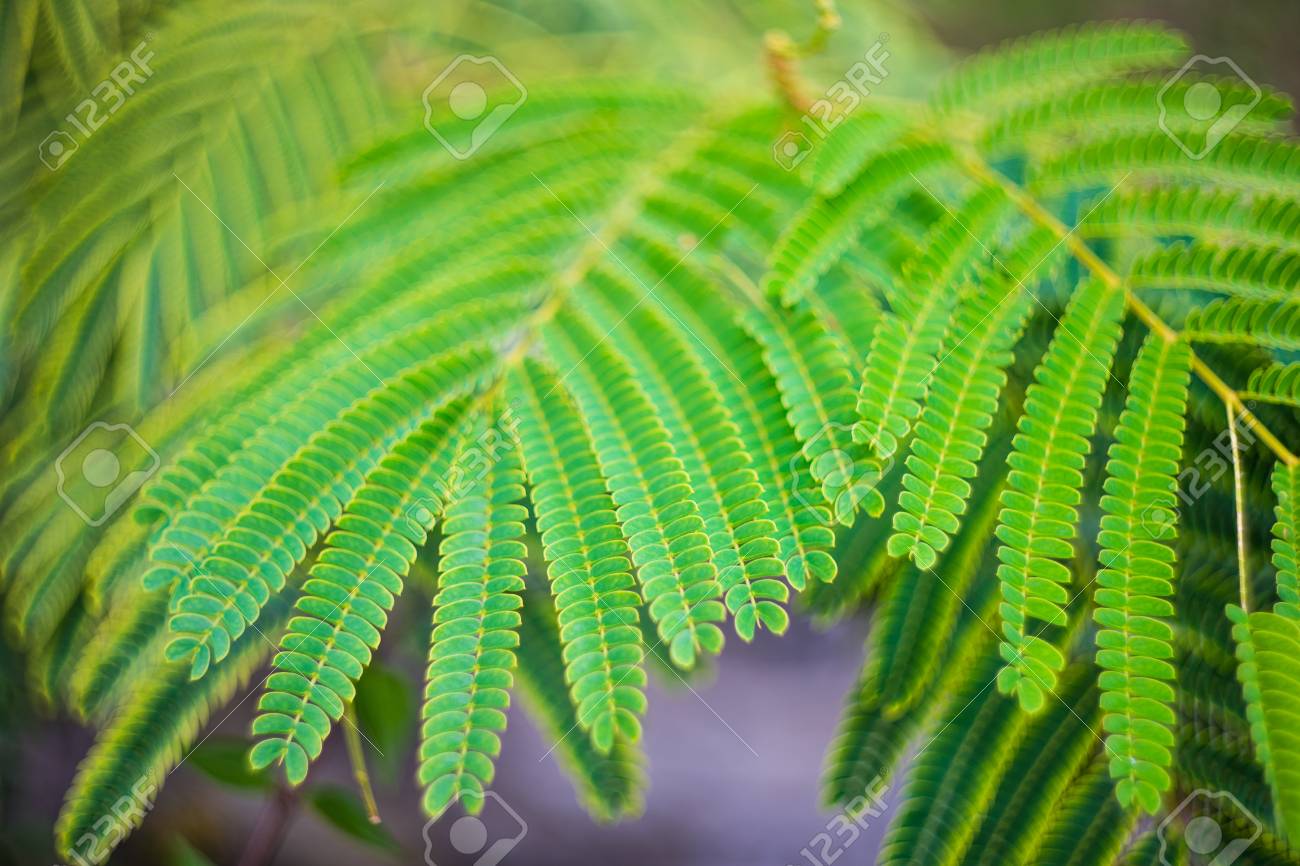



Leaves Of Acacia Pink Mimosa Tree In A Park As A Natural Background Stock Photo Picture And Royalty Free Image Image
Persian Silk Tree Care Native to Asia, Persian silk trees (Albizia julibrissin), also called mimosa, are deciduous, fastgrowing and may grow up toThe wood of the silk tree is dense and hard It takes a good polish and is used for making furniture Young leaves are cooked and used as pot herbs, while cooked flowers are eaten as vegetables Dried leaves are used as a tea substitute The mimosa tree is a fastgrowing ornamental tree with silky white or pink pompomlike fluffy flowers, fernlike leaves, and brown flat, beanlike seed pods Also called the Persian silk tree, the mimosa tree is easy to care for, tolerates drought, and thrives in the summer heat However, mimosa trees grow quickly, and the small to mediumsized
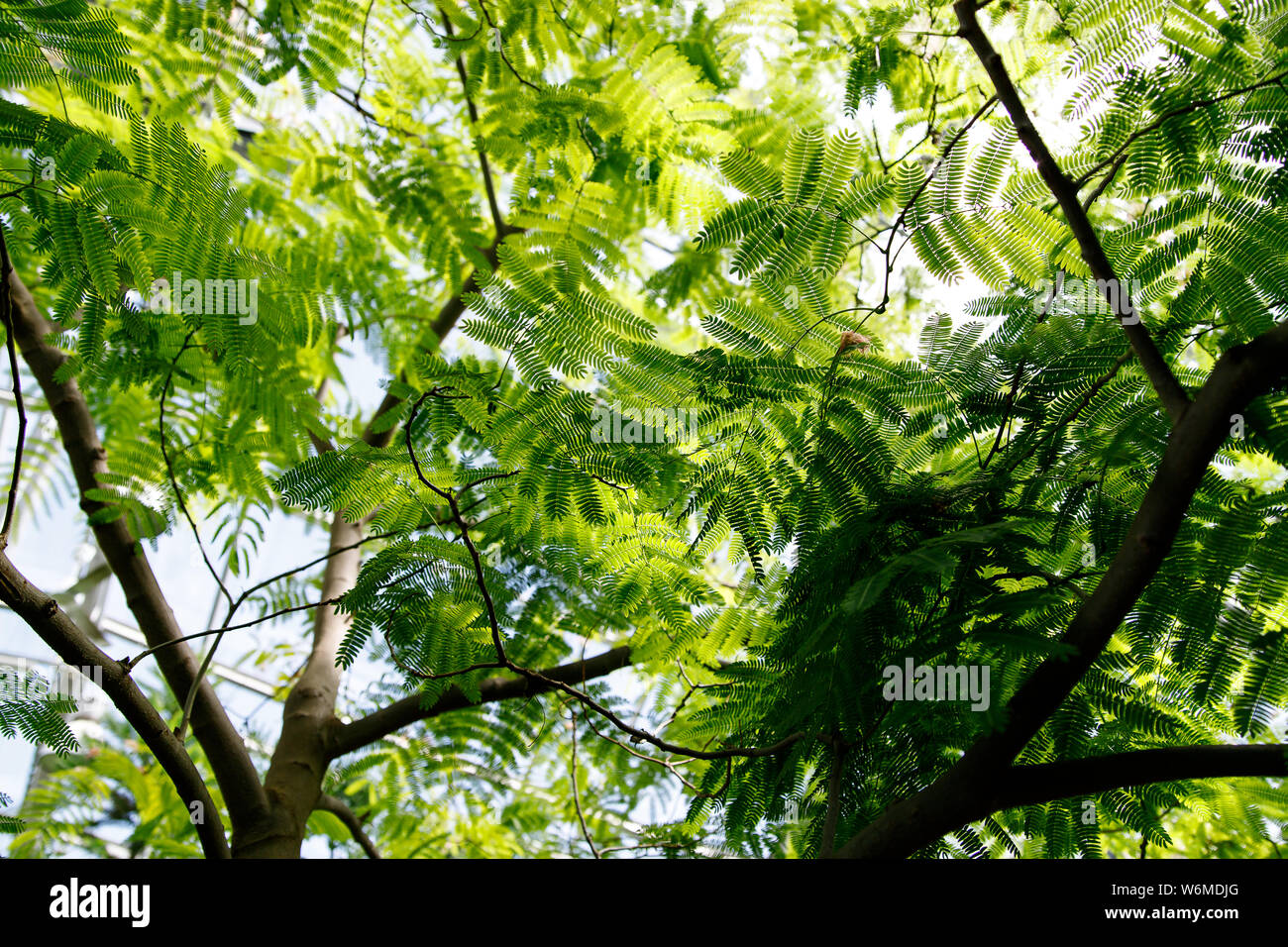



Detail Of Albizia Julibrissin Persian Silk Tree Pink Silk Tree Green Leaves Summer Background Stock Photo Alamy




Detail Of Small Green Leaves Of Persian Silk Tree Albizia Julibrissin In Garden No Focus Specifically Stock Photo Alamy
Persian Silk Tree Propagation with Branch Cuttings Persian Silk Tree (Albizia julibrissin) are hardy in US Department of Agriculture plant hardiness zones 6 through 9 These trees are fast growers and can reach their mature heights of 30 to 40 feet in about eight yearsYou can propagate persian silk tree from branches, but take care when you transfer the rootedNoun 1 Albizia julibrissin attractive domed or flattopped Asiatic tree having bipinnate leaves and flowers with long silky stamens Albizzia julibrissin, Albizia julibrissin definition of like Albizia Julibrissin Bark (Persian Silk Tree) extract, nicknamed the "night sleeper" because its leaves open in sunlight and close at night What Could Be Killing My Mimosa Tree?




Persian Silk Tree Pink Silk Tree Albizia Julibrissin Mimosaceae Tree With And Without Foliage Stock Photo Picture And Rights Managed Image Pic Dae Agefotostock




Persian Silk Tree Leaves Art Print Barewalls Posters Prints Bwc
This tree will actually grow in light shade, but does better if grown in full sun It is good for a lawn tree, but should not be placed close to a swimming pool due to the litter from the pods and leaf drop The wood is quite light and will not stand up to violent storms Diseases of the Persian Silk Tree Unfortunately the Persian silk tree is Silk tree Details Broadly spreading, deciduous Often flat topped,late into leaf Dark pink flowers on top of the leaves in January The small leaflets of the compound leaves quickly disintegrate after leaf fall Drought & heat tolerant Common name Silk tree, Persian silk tree, pink silk tree Botanical name Albizia julibrissin roseaSilk tree, Albizia julibrissin, MIMOSAPhilippine Herbal Medicine An illustrated compilation of Philippine medicinal herbs by Dr Godofredo Umali Stuart, with botanical information, chemical properties, folkloric applications and research studies




Delicate Green Leaves Of Persian Silk Tree On Blue Sky Background Japanese Acacia Or Pink Silk Tree The Family Fabaceae Green Landscape For Nature Wallpaper With Copy Space Stock Photo Download
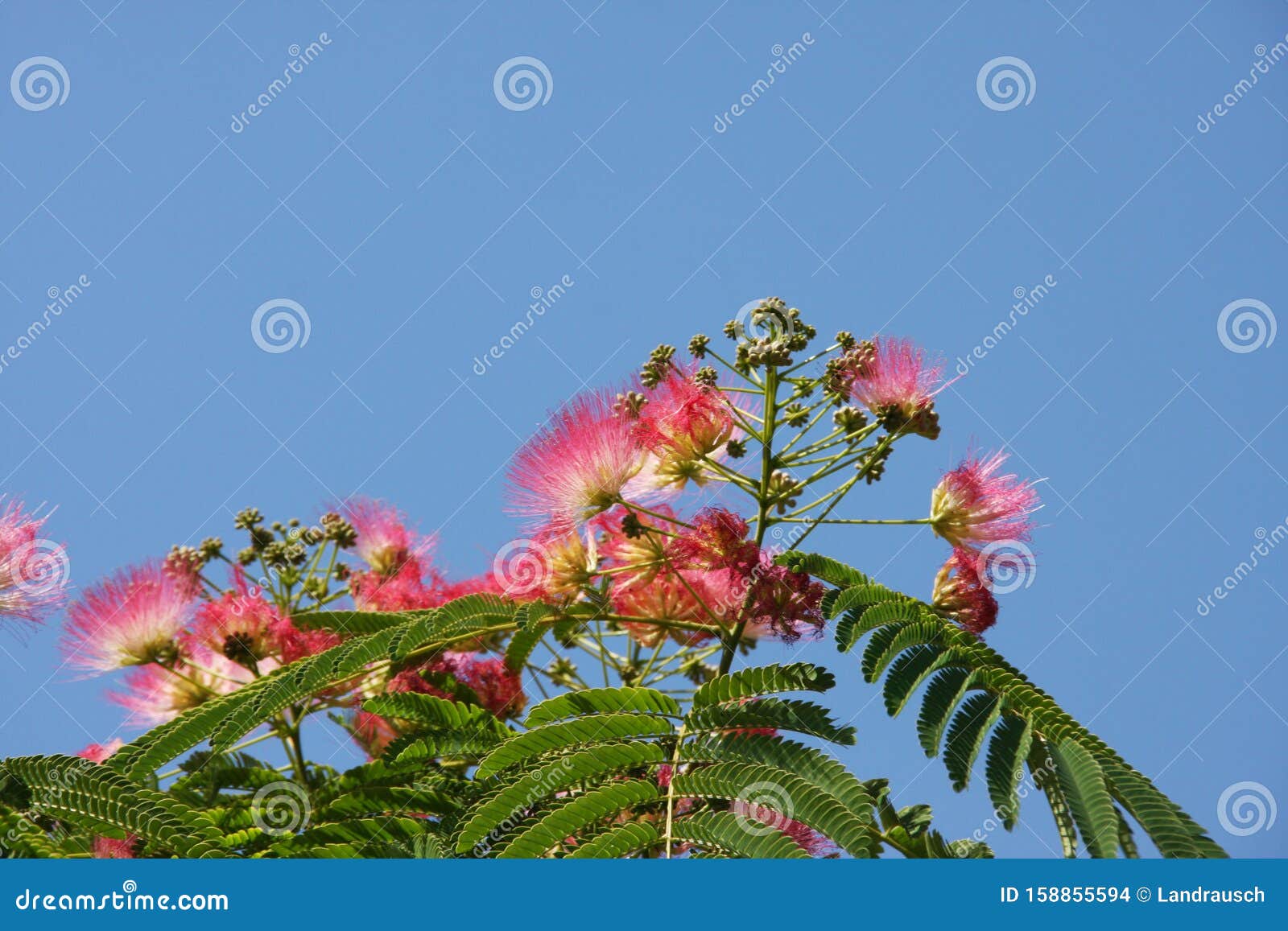



Pink Flowers Of Albizia Julibrissin Persian Silk Tree And Green Leaves Towards Blue Sky Stock Photo Image Of Blooming Exotic
Albizias, often known as Silk Trees, originated in central and eastern Asia, and are part of the Mimosa family They are widely grown in gardens in France, Spain, and Italy and if you have a shelted spot an Albizia will bring the exotic colours of southern Europe to the British garden They feature feathery fernlike leaves, which may beClick here to search trees in the Pacific Islands SEARCH CHARACTERISTICS Search by height, flower color, and more SEARCH HELP Find more information to help with your search Leaf Form Select Leaf Arrangement Select FLOWERS & FRUIT Flower Color Select Fruit Type Select Has Fragrance?Originally native to Iran (Persia) and eastern China, the Persian silk tree can now be found throughout the temperate regions of the world It is the silky pink or white flowers that give the tree its name It is also called Sleeping Tree, because the two sides of its leaves close together during the night as if the tree were sleeping
:max_bytes(150000):strip_icc()/growing-persian-silk-trees-albizia-julibrissin-5094178-04-127ded764375430daa8ac9fe9d3a9453.jpg)



How To Grow And Care For Silk Trees Albizia Julibrissin
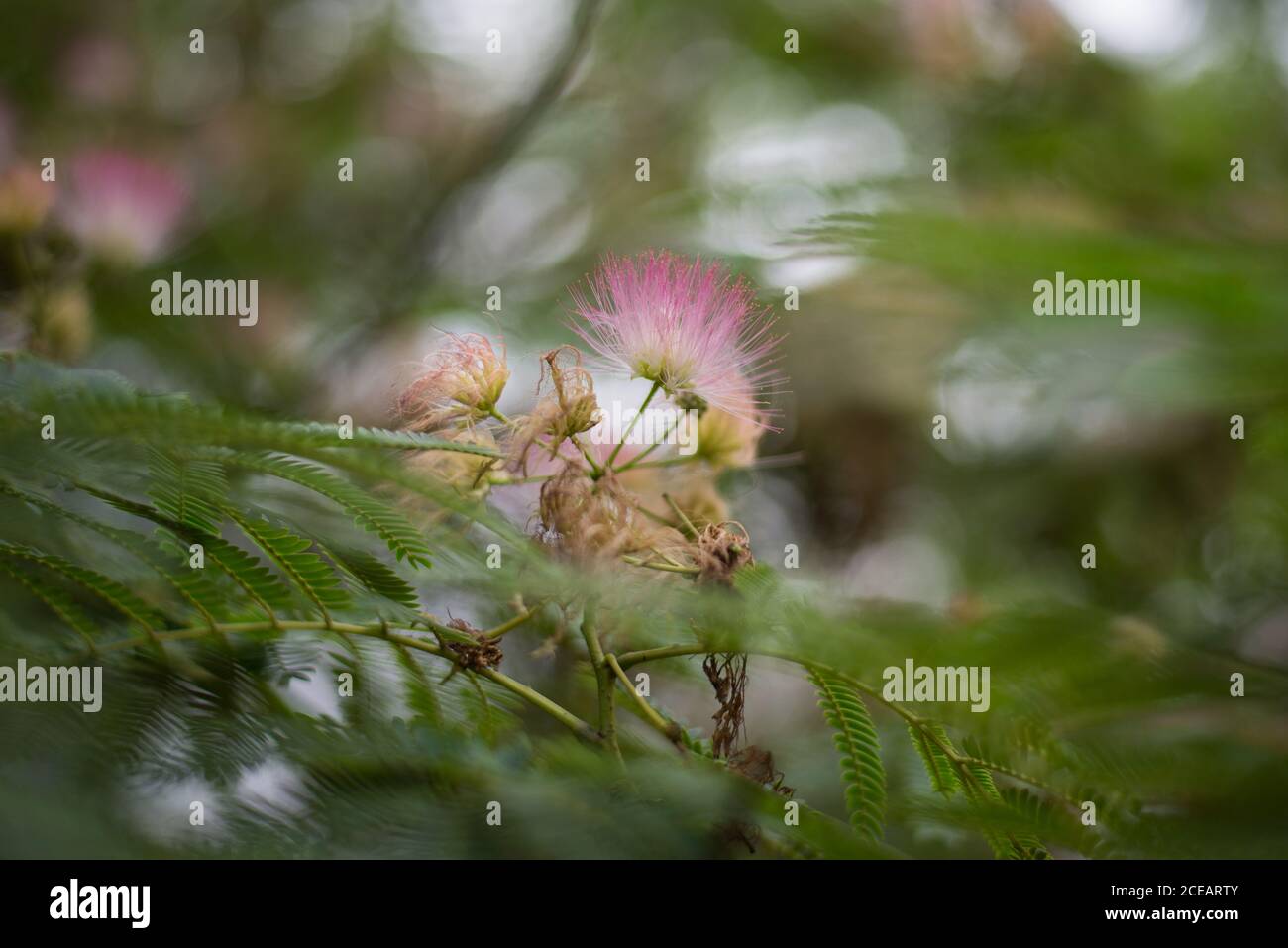



Albizia Julibrissin Pink Persian Silk Tree Chinese Flower Tree Bokeh Wind Leaves Smooth At Royal Botanical Gardens At Kew Richmond London Stock Photo Alamy
Persian Silk Tree in bloom with leaves Persian silk tree Albizia julibrissin Herbarium from pressed and dried leaf of Persian silk tree on antique The silk tree (Albizia julibrissin) is a pretty looking tree with fernlike leaves and exoticlooking flowersOn each leaf there are tiny leaflets that close when touched or as the sun sets The stunning pink flowers that initially drew attention towards the silk tree inspire the origin of its common nameAlbizia julibrissin – Persian Silk Tree DESCRIPTION HEIGHT 50m WIDTH 40m *height & width at maturity FORM Spreading crown FOLIAGE Fine and feathery mid green foliageLeaves fold up at night and during wet weather




Green Leaves In Sun Back Light Of Albizia Julibrissin Persian Silk Tree Or Pink Siris Or Lenkoran Acacia Or Bastard Tamarind Silk Tree Or Mimosa Stock Photo Picture And Royalty Free Image




Persian Silk Tree The Garden Website Com
Purchase a Persian silk tree sapling to grow as an ornamental plant in large pots or in the ground You can also train them into bonsai (Albizia Julibrissin) Please be aware that these trees are deciduous In Autumn they will be losing their leaves and will have no foliage in winterYes SEARCH TERM Type in a term to searchPersian silk tree Persian silk tree (Albizia julibrissin) cut out against blue sky silk tree stock pictures, royaltyfree photos & images Flowers of Silk Tree / Albizia julibrissin Albizia julibrissin, commonly called mimosa or silk tree, is a fastgrowing, small to medium sized (515 meters high), deciduous tree, native to Asia (Iran to Japan)
/growing-persian-silk-trees-albizia-julibrissin-5094178-01-aa6c505c474d4e3ca7d6e8085d16cadd.jpg)



How To Grow And Care For Silk Trees Albizia Julibrissin




Albizia Julibrissin Is Persian Silk Tree Or Pink Silk Tree Of Wall Stickers Blossoming Fragrance Silky Myloview Com
The leaves of the Persian Silk tree (sometimes just called "silktree") are bipinnately compound and have a close resemblance to many acacias although they are not related at all At night these leaves relax and fold up as if they were sleeping only to spread back out when the sunlight returnsSilk tree 'Summer Chocolate' 'Summer Chocolate' is a large shrub or small tree with a domed crown when mature Leaves are fernlike, pinkishbronze or purple and composed of leaflets Terminal clusters of spherical pinkish or yellowgreen flowerheads can be borne in summerDownload royaltyfree Close up of the leaves of the Persian Silk Tree or Mimosa aka Albizia julibrissin, overlaid by the shadows of the upper leaves stock photo from Depositphotos collection of millions of premium highresolution stock photos, vector images and illustrations
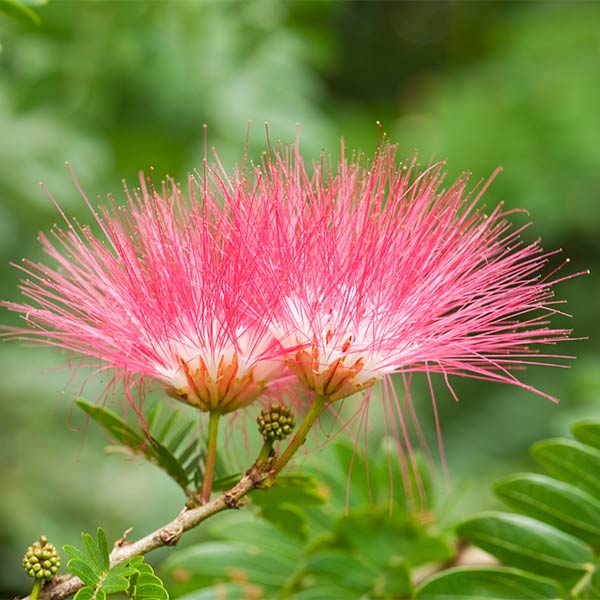



Persian Silk Tree Ingredients Library




Is This A Jacaranda Or A Silk Tree Or Something Else Gardening Landscaping Stack Exchange
Photo about Close up of the leaves of the Persian Silk Tree or Mimosa (Albizia julibrissin) Image of tree, tropical, silkPersian Silk Tree (Albizia julibrissin) superficially resembles a giantsized Sensitive Plant (Mimosa pudica), as the latter's flowers and foliage are similar The Sensitive Plant is sometimes cultivated because of the sensitivity of its leaves, which move when they are subjected to human touchAlbizia is a genus of more than 160 species of mostly fastgrowing subtropical and tropical trees and shrubs in the subfamily Mimosoideae of the family Fabaceae The genus is pantropical, occurring in Asia, Africa, Madagascar, America and Australia, but mostly in the Old World tropics In some locations, some species are considered weeds They are commonly called silk plants, silk trees
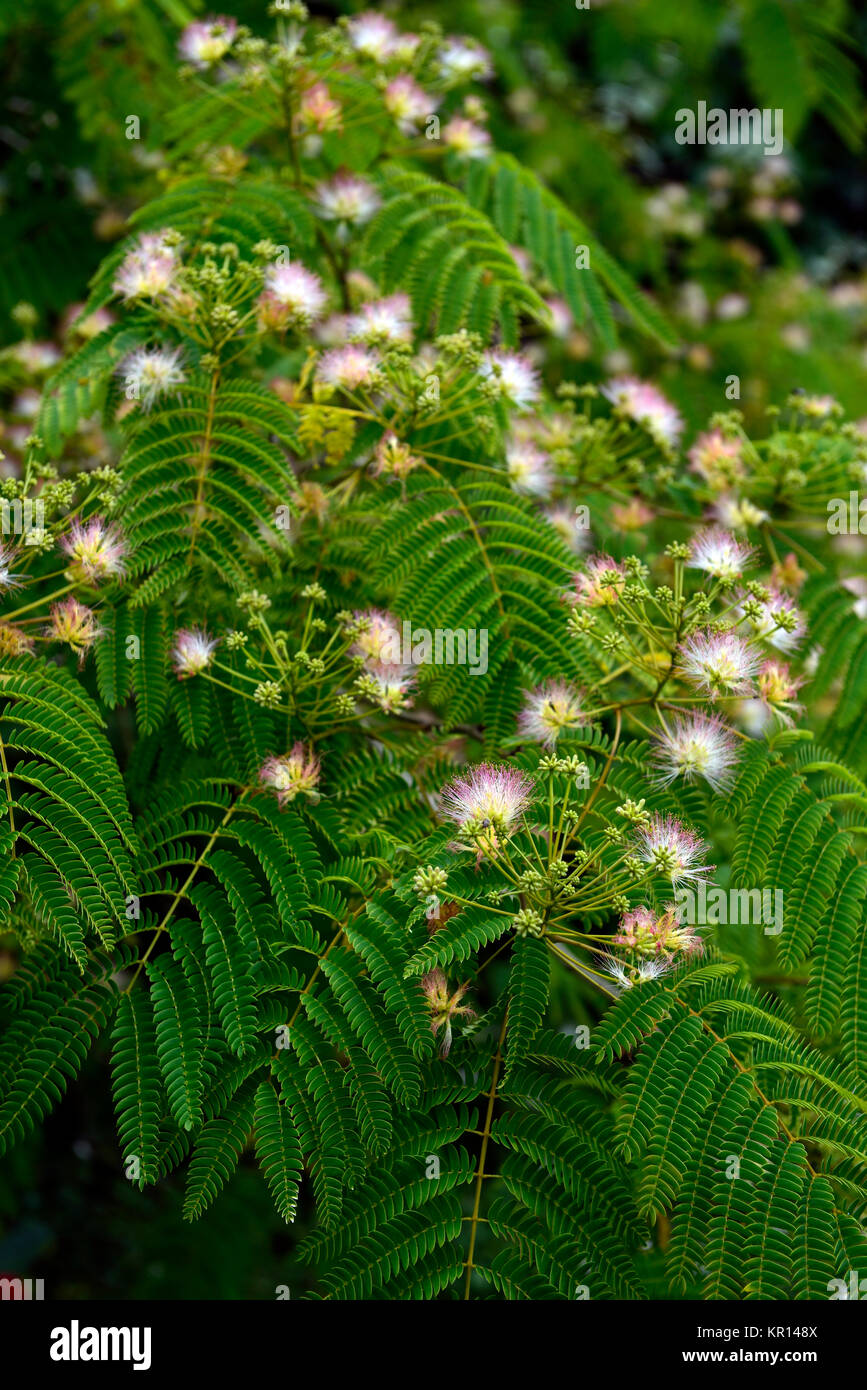



Albizia Julibrissin Persian Silk Tree Silk Silky Flowers Flower Flowering Trees Leaves Foliage Exotic Bi Pinnate Compound Foliage Rm Floral Stock Photo Alamy



3
The leaves express no fall color but the tree does display a showy pink flower with a pleasant fragrance The flowering process starts in the spring and continues throughout the summer The fragrant, silky, pink puffy pompom blooms, two inches in diameter, appear from late April to early July creating a spectacular sight




Have Another Mimosa The Blooming Of A Controversial Southern Belle The Horticult




Timelapse Of Persian Silk Tree Leaves Opening At Dawn ネムノキの開葉運動 早回し映像 Youtube




The Strangely Bizarre Mimosa Tree Hobby Farms




Leaves And Seed Pods Of The Persian Silk Tree Or Mimosa Albizia Julibrissin Stock Photo Picture And Royalty Free Image Image




Persian Silk Tree Treetop Leaves And Flowers Stock Photo Download Image Now Istock




Green Leaves In Sun Back Light Of Albizia Julibrissin Persian Silk Tree Or Pink Siris Or Lenkoran Acacia Stock Photo Picture And Royalty Free Image Image




Mimosa Persian Silk Tree Leaves Blossom Stock Photo Edit Now




Persian Silk Tree Seed Pods Close Up Of The Seed Pods Of The Persian Silk Tree Or Mimosa Aka Albizia Julibrissin Canstock




Persian Silk Tree Treetop Leaves And Flowers Stock Photo Download Image Now Istock




Close Up Of The Leaves And Seed Pods Of The Persian Silk Tree Or Mimosa Albizia Julibrissin Canstock
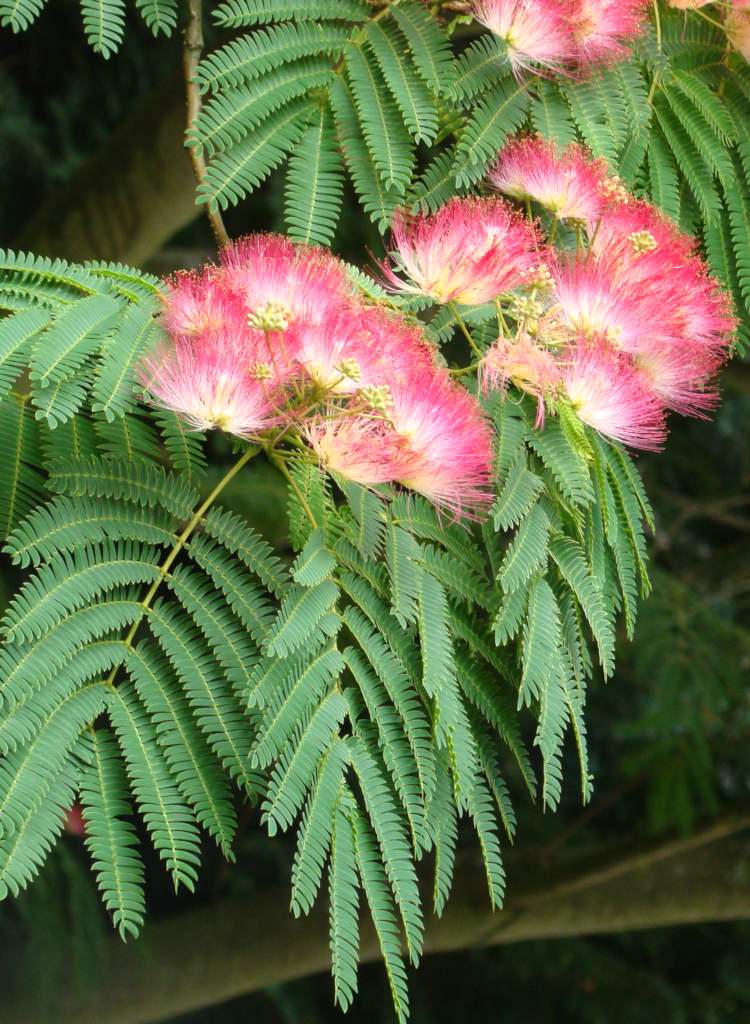



Albizia Care Pruning Planting Fertilizing For The Ultimate Blooming




Persian Silk Tree The Garden Website Com
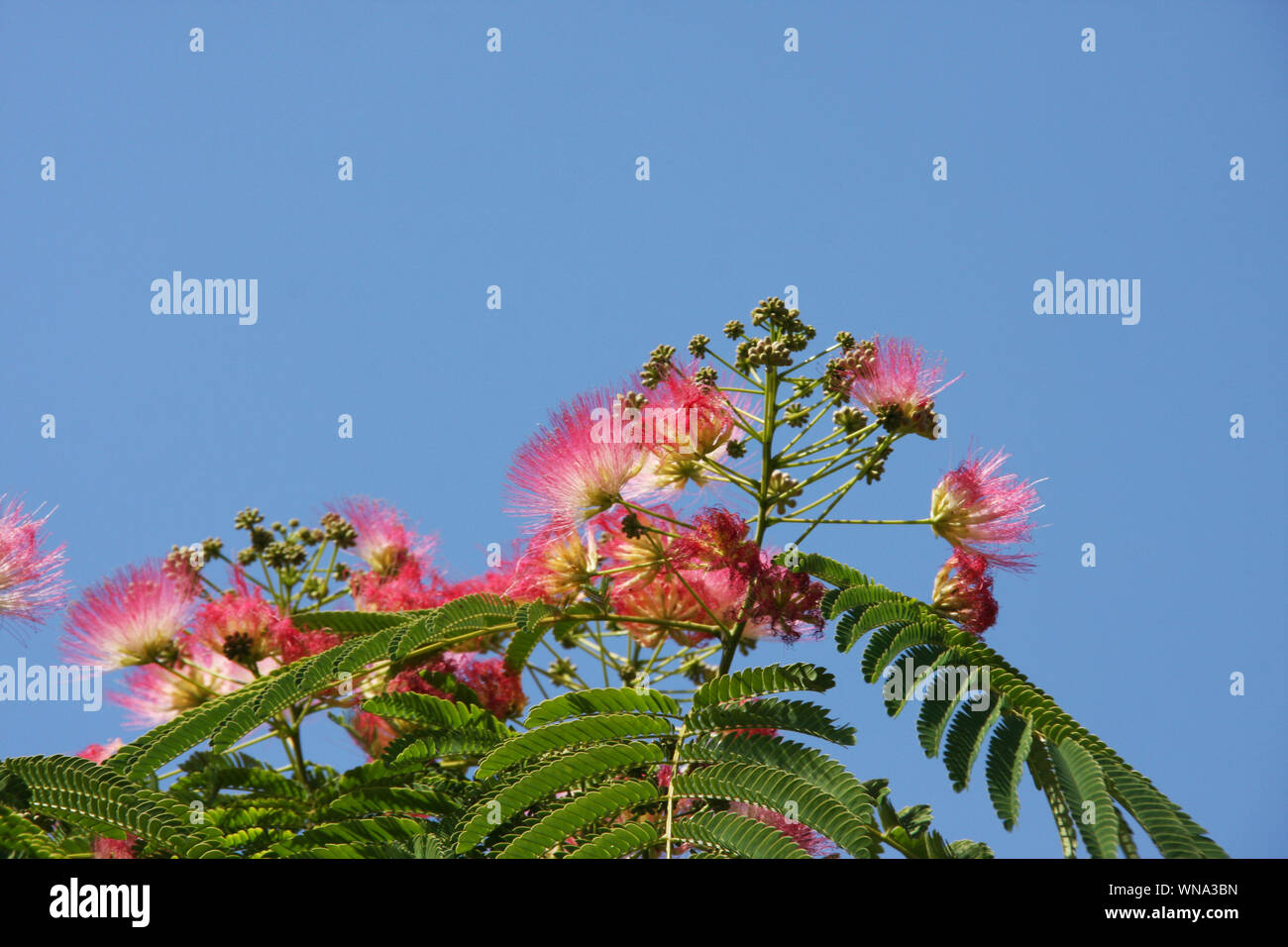



Pink Flowers Of Albizia Julibrissin Persian Silk Tree And Green Leaves Towards Blue Sky On A Sunny Day Stock Photo Alamy
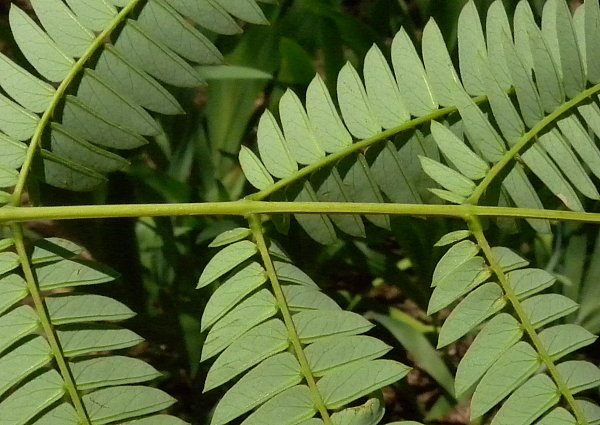



Persian Silk Tree Albizia Julibrissin




Green Leaves In Sun Back Light Of Albizia Julibrissin Persian Silk Tree Or Pink Siris Or Lenkoran Acacia Stock Photo Picture And Royalty Free Image Image
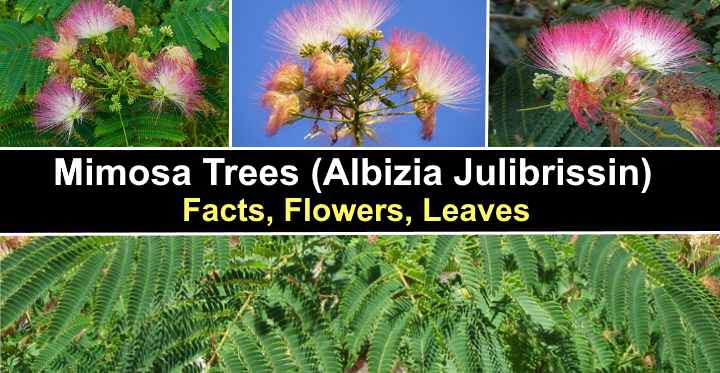



Mimosa Trees Albizia Julibrissin Facts Flowers Leaves Pictures




Silktree Albizia Julibrissin Called Mimosa Persian Acacia Persian Silk Tree Pink Silk Tree Lenkoran Acacia And Bastard Tamarind Also Stock Photo Picture And Royalty Free Image Image
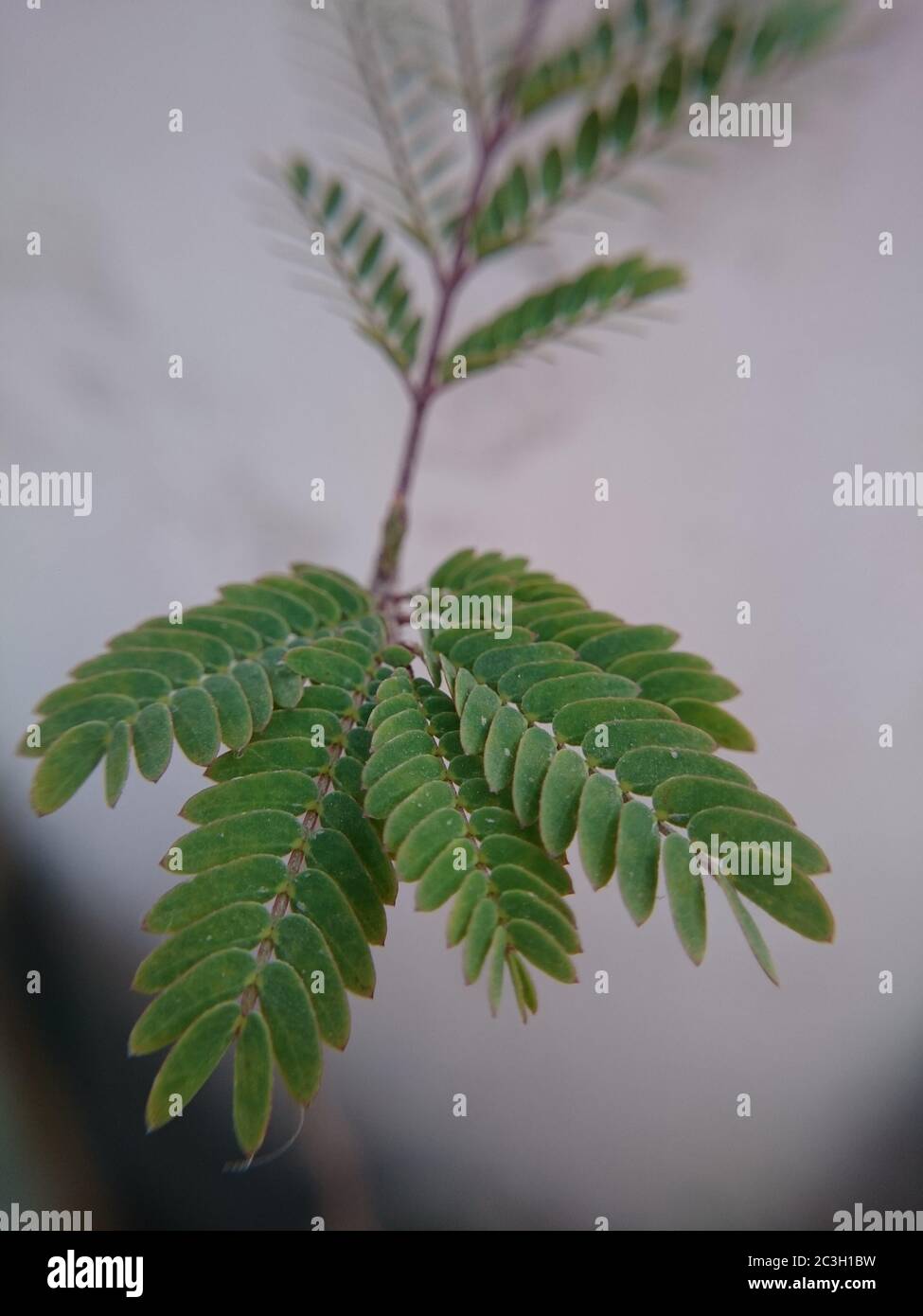



Closeup Shot Of Persian Silk Tree Leaves With A Blurry Background Stock Photo Alamy




Albizia Julibrissin Persian Silk Tree Or Pink Silk Tree Family Posters For The Wall Posters Blossoming Fragrance Silky Myloview Com




Leaves And Seed Pods Of The Persian Silk Tree Or Mimosa Albizia Julibrissin Canstock
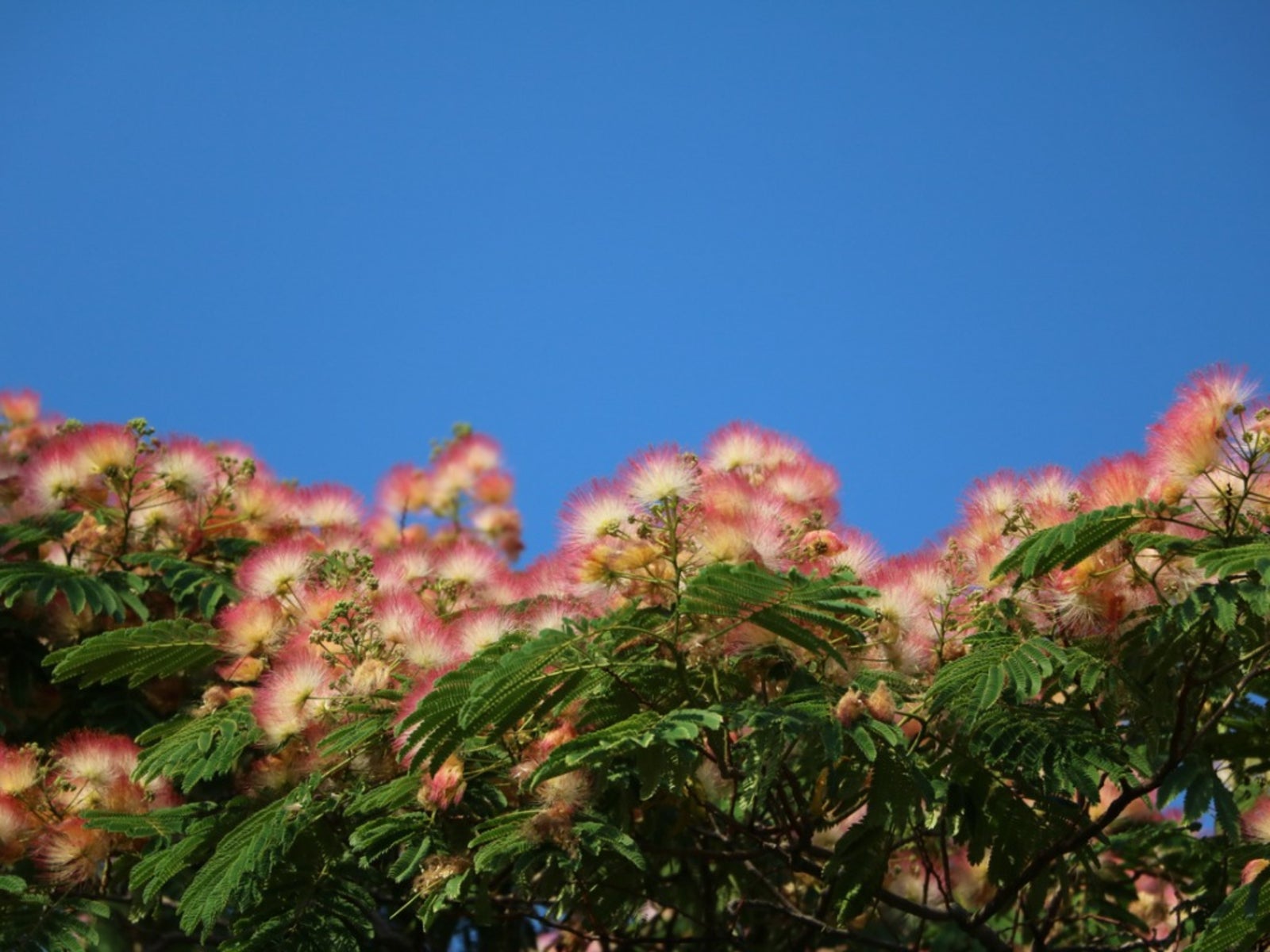



Albizia Silk Trees Information On How To Grow A Silk Tree




Persian Silk Tree The Garden Website Com
:max_bytes(150000):strip_icc()/growing-persian-silk-trees-albizia-julibrissin-5094178-06-34905a8fe7ac46189bfa5e2bbad08e9a.jpg)



How To Grow And Care For Silk Trees Albizia Julibrissin




Albizia Julibrissin Rosea Pink Silk Tree Silk Tree Julibrissin Persian Silk Tree




Persian Silk Tree Flower Monkey Pod Tree Plants Flower Leaf Grass Png Pngegg
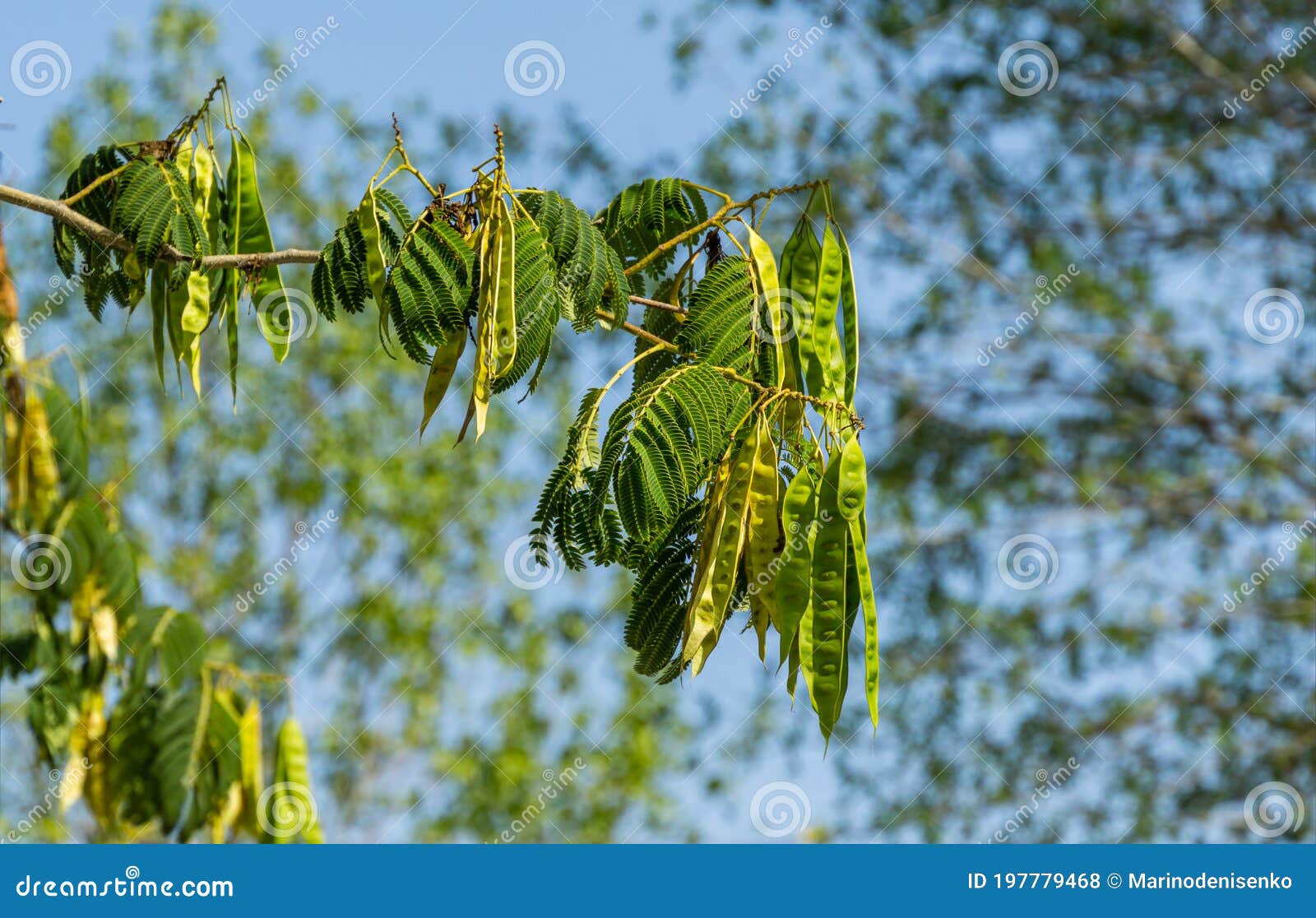



Closeup Of Seed Pods And Green Leaves Of Persian Silk Tree Albizia Julibrissin Japanese Acacia Or Pink Silk Tree In City Park Stock Photo Image Of Exotic Botanical




Albizia Julibrissin Mimosa Persian Silk Tree Pink Silk Tree Silk Tree North Carolina Extension Gardener Plant Toolbox




Persian Silk Tree Treetop Leaves And Flowers Stock Photo Download Image Now Istock




Albizia Julibrissin Persian Silk Tree Buy Seeds At Rarepalmseeds Com




Green Leaves In Sun Back Light Of Albizia Julibrissin Persian Silk Tree Or Pink Siris Or Lenkoran Acacia Or Bastard Tamarind Silk Tree Or Mimosa Stock Photo Picture And Royalty Free Image




Persian Silk Tree Albizia Julibrissin Flowers In Thessaloniki Macedonia Greece Stock Photo Picture And Royalty Free Image Image




Albizia Julibrissin Durazz Fabaceae Persian Silk Tree Called Shabkhosb In Persian Meaning Sleeping Tree As The Pinnate Leaves Close Up At Night Tropical Tree Named For Filippo Degli Albizzi An Italian Naturalist Who Brought Seeds From Constantinople To




Dried Leaves And Flowers Of Persian Silk Tree Stock Photo By C V Nikitenko




Close Up Of The Leaves And Seed Pods Of The Persian Silk Tree Or Mimosa Albizia Julibrissin Stock Photo Picture And Royalty Free Image Image
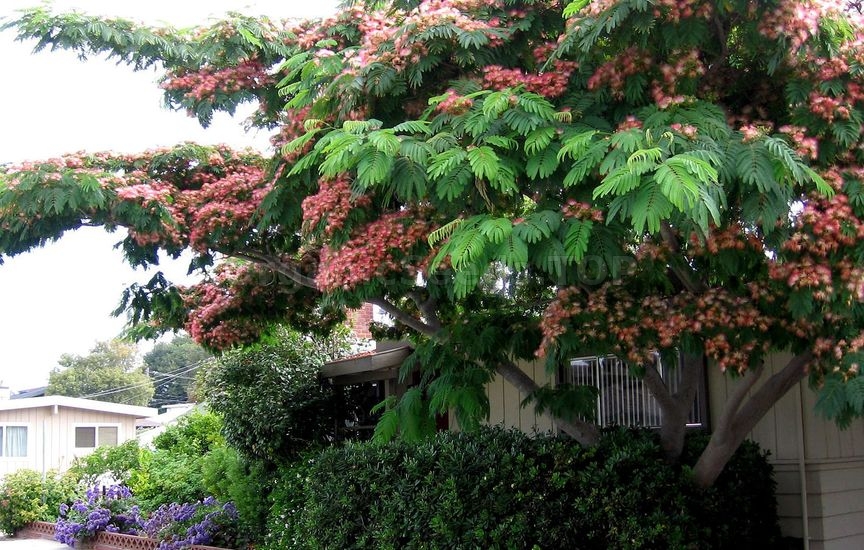



Persian Silk Tree
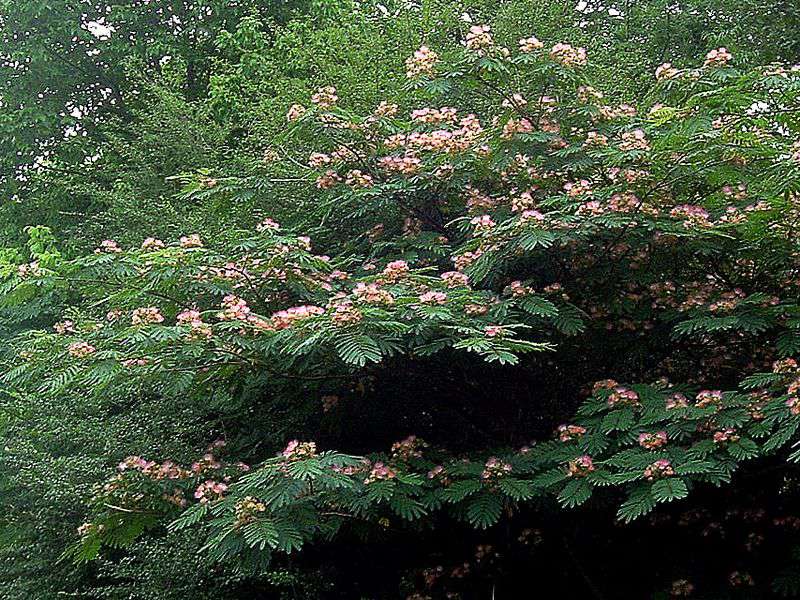



Mimosa The Wonderful Awful Weed Southern Living
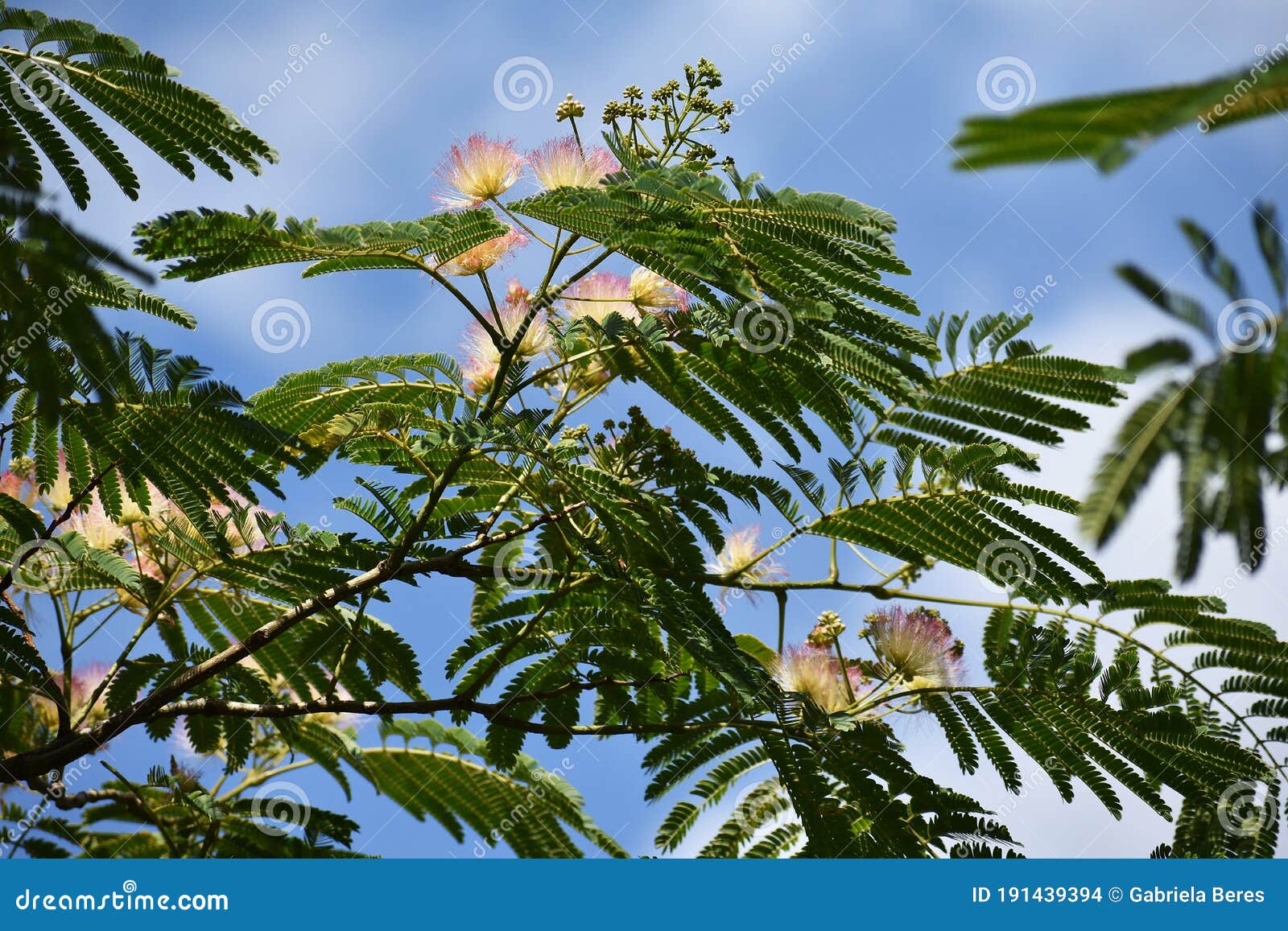



Branches With Flowers And Green Leaves Of Albizia Julibrissin Stock Photo Image Of Grass Garden




Leaf Of Albizia Julibrissin Or Persian Silk Tree Close Up Macro Stock Photo Alamy




Facts About The Persian Silk Tree And Tips For Care Owlcation
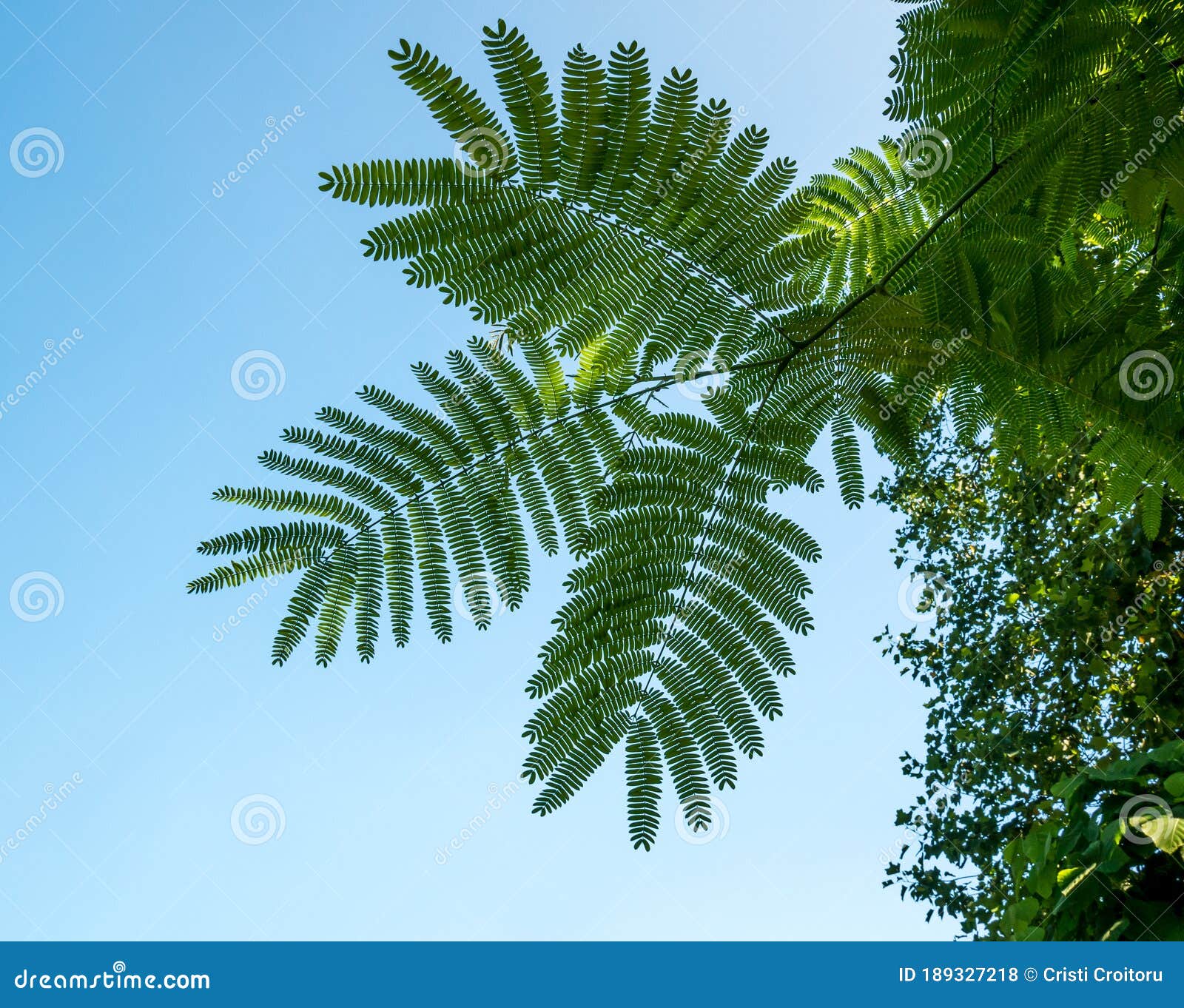



Foliage Of Albizia Julibrissin The Persian Silk Tree Close Up With A The Lgreen Leaves Of Pink Silk Tree Against Blue Sky Stock Photo Image Of Outdoors Leafage
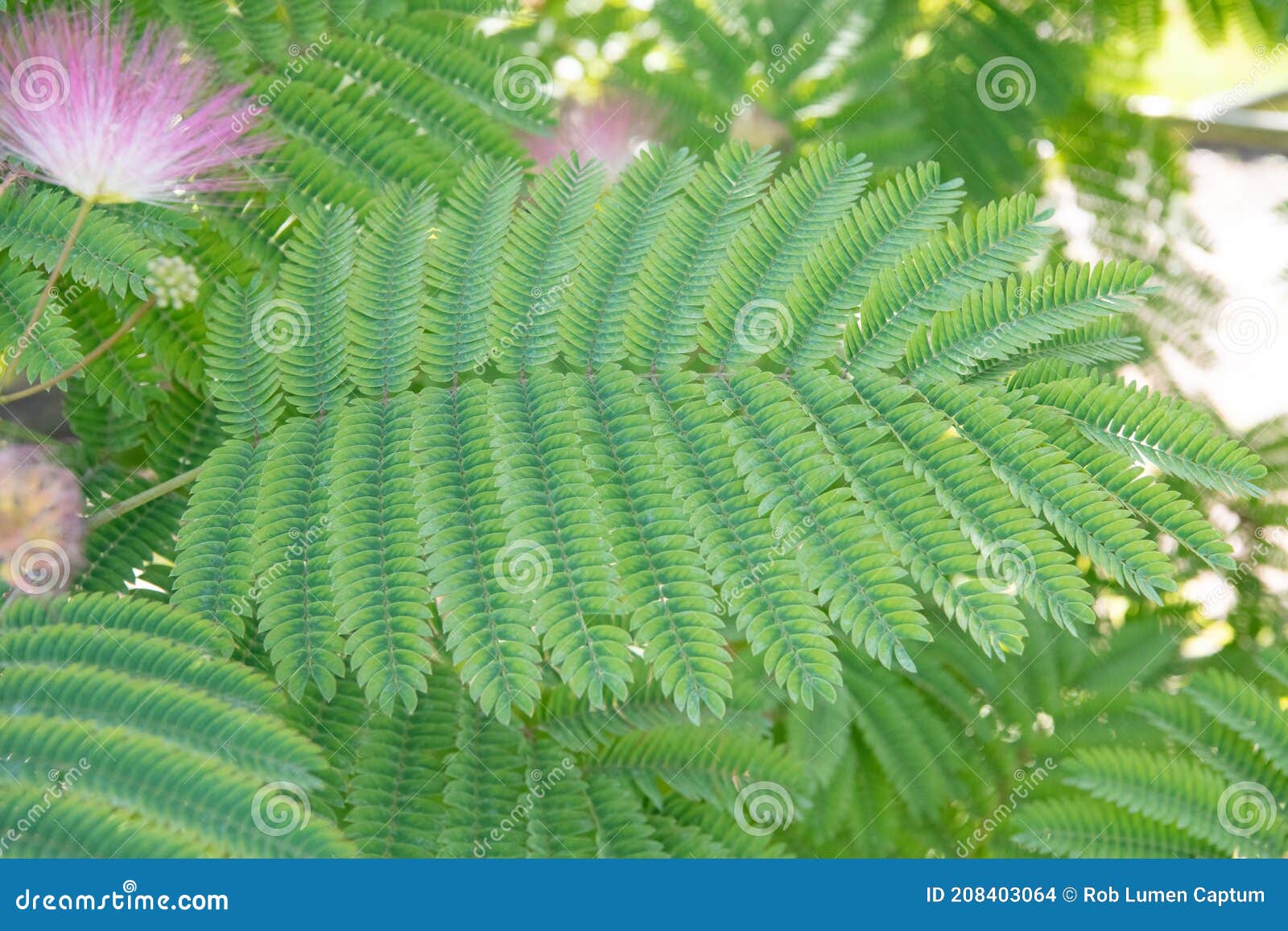



Persian Silk Tree Albizia Julibrissin Feathery Compound Leaf Stock Photo Image Of Filaments Cluster
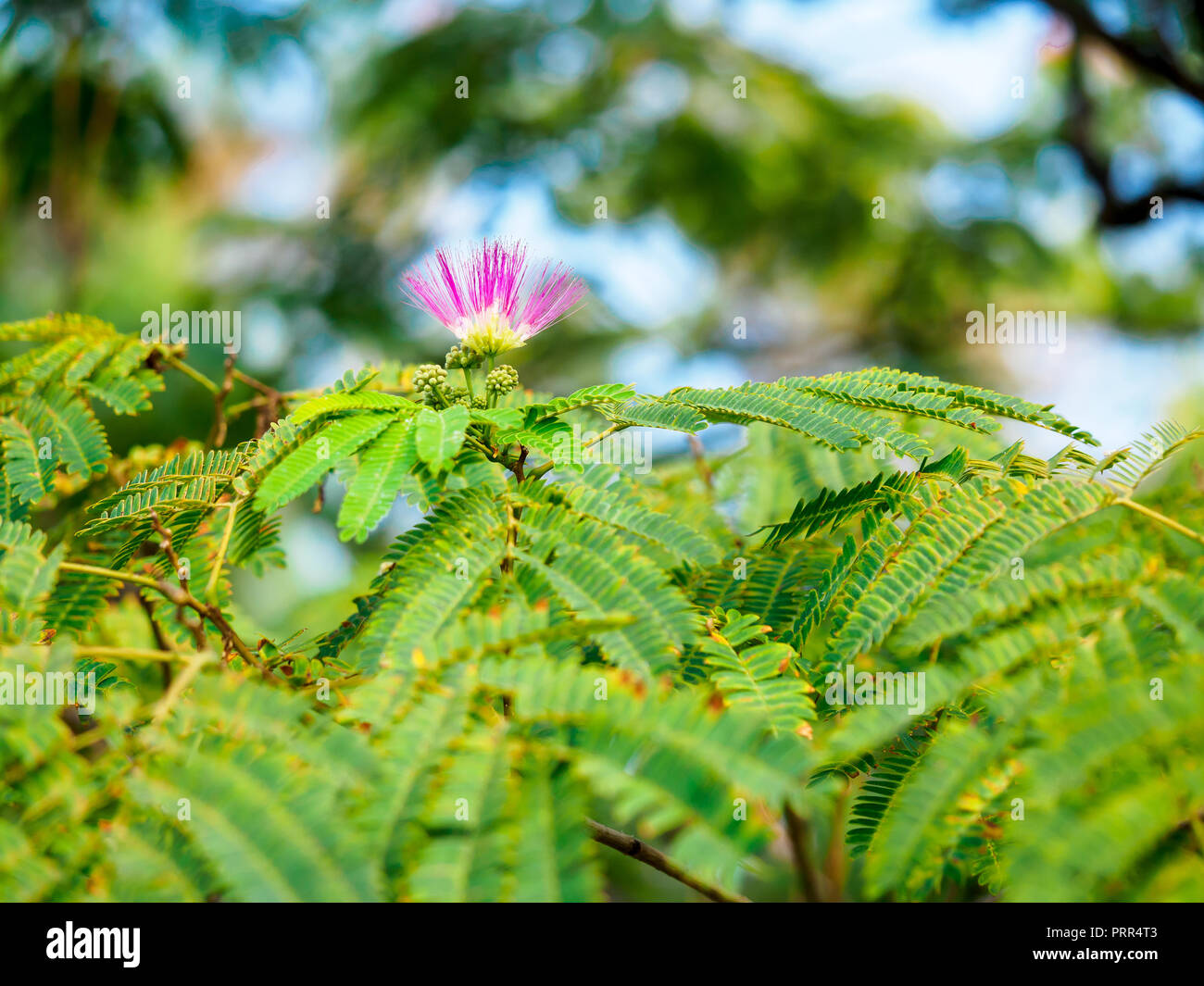



Flower And Leaves Of Persian Silk Tree Stock Photo Alamy
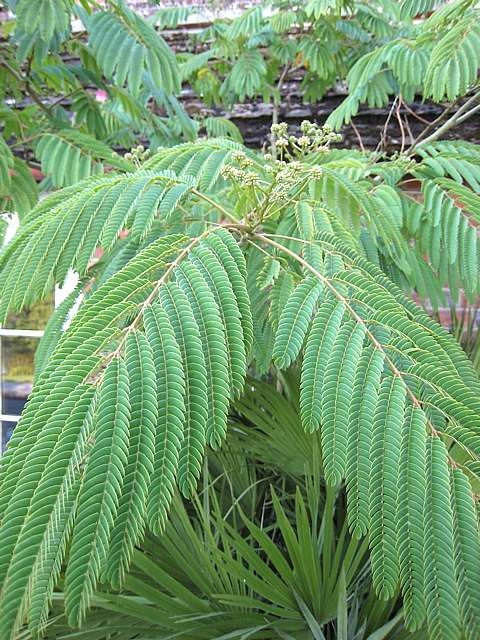



Albizia Julibrissin Rosea Silk Tree Architectural Plants
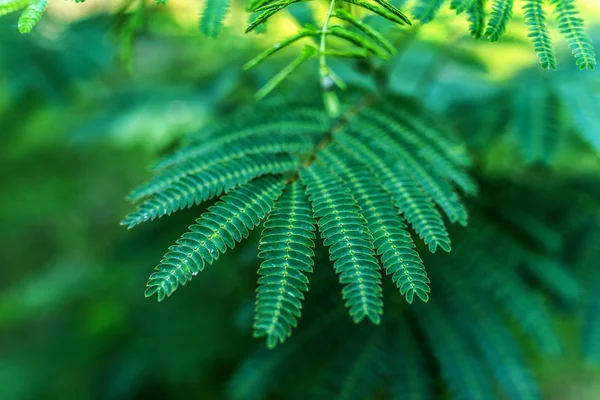



641 Persian Silk Tree Stock Photos Persian Silk Tree Images Depositphotos




Albizia Mimosa Tree Pink Siris Persian Silk Tree Albizia Julibrissin E H Wilson




Albizia Julibrissin Wikipedia
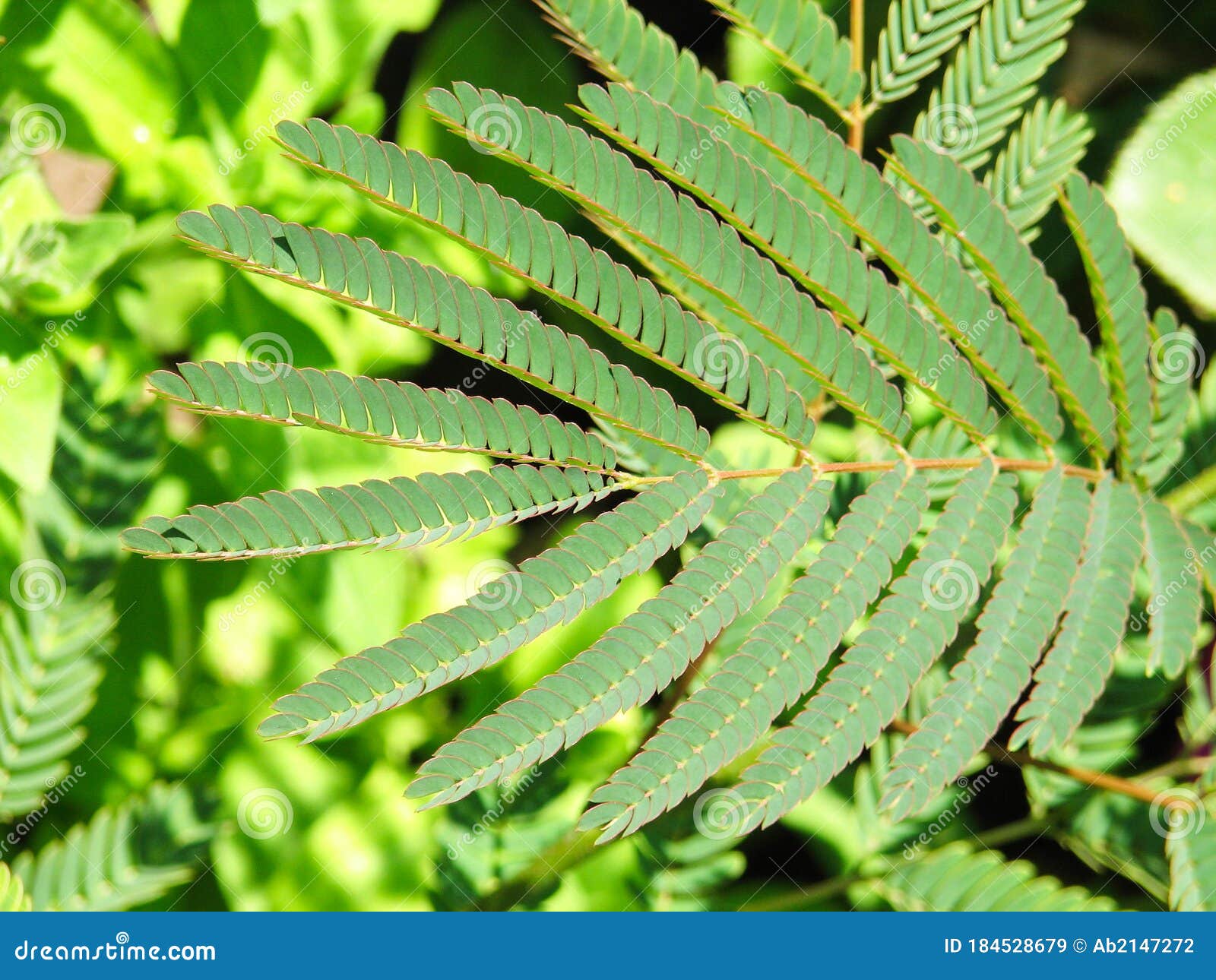



Closeup Of Leaves Of Albizia Julibrissin Persian Silk Tree On A Sunny Summer Day Stock Image Image Of Botanical Beautiful
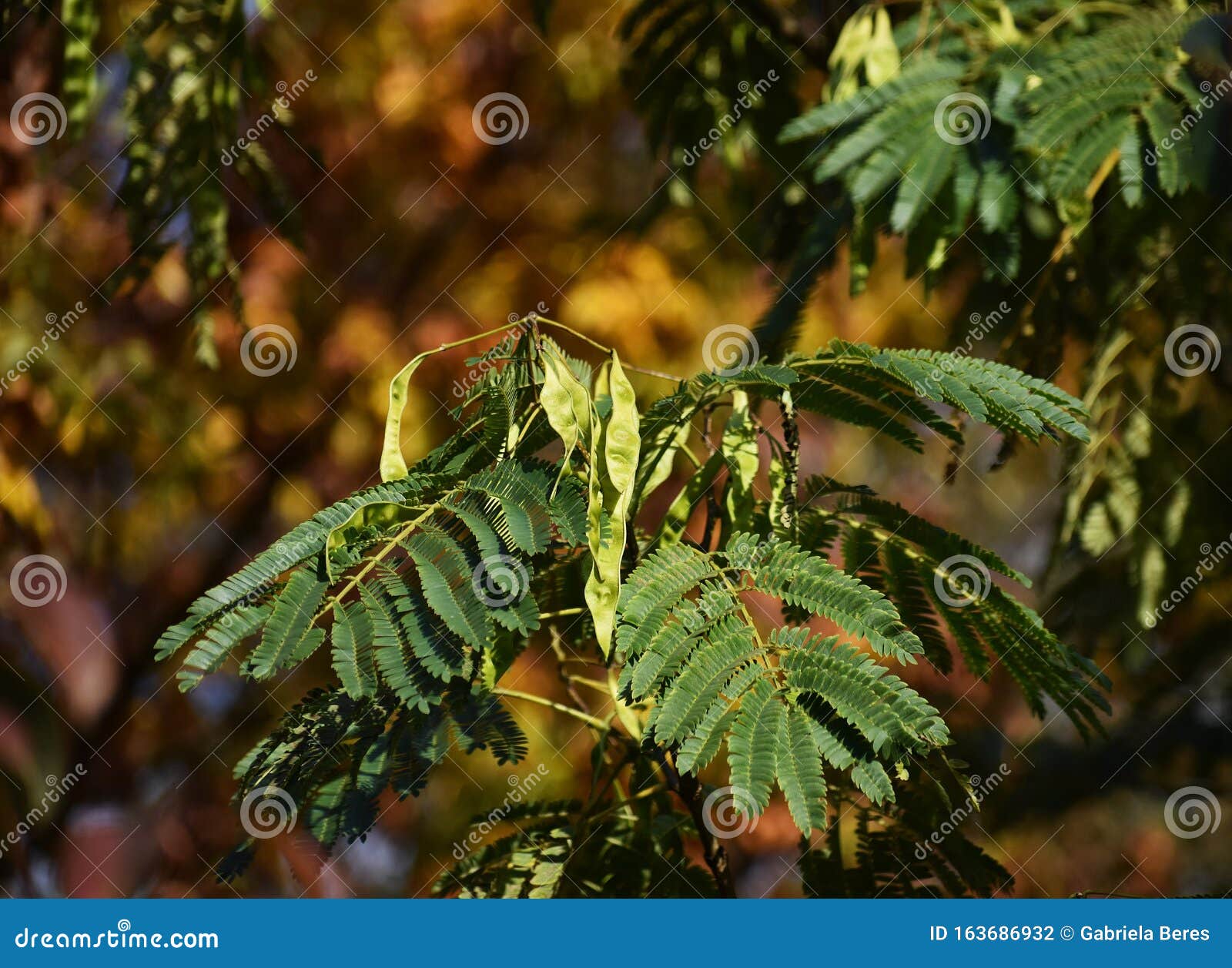



Leaves And Seed Pods Of Albizia Julibrissin Stock Photo Image Of Fabaceae Leaves
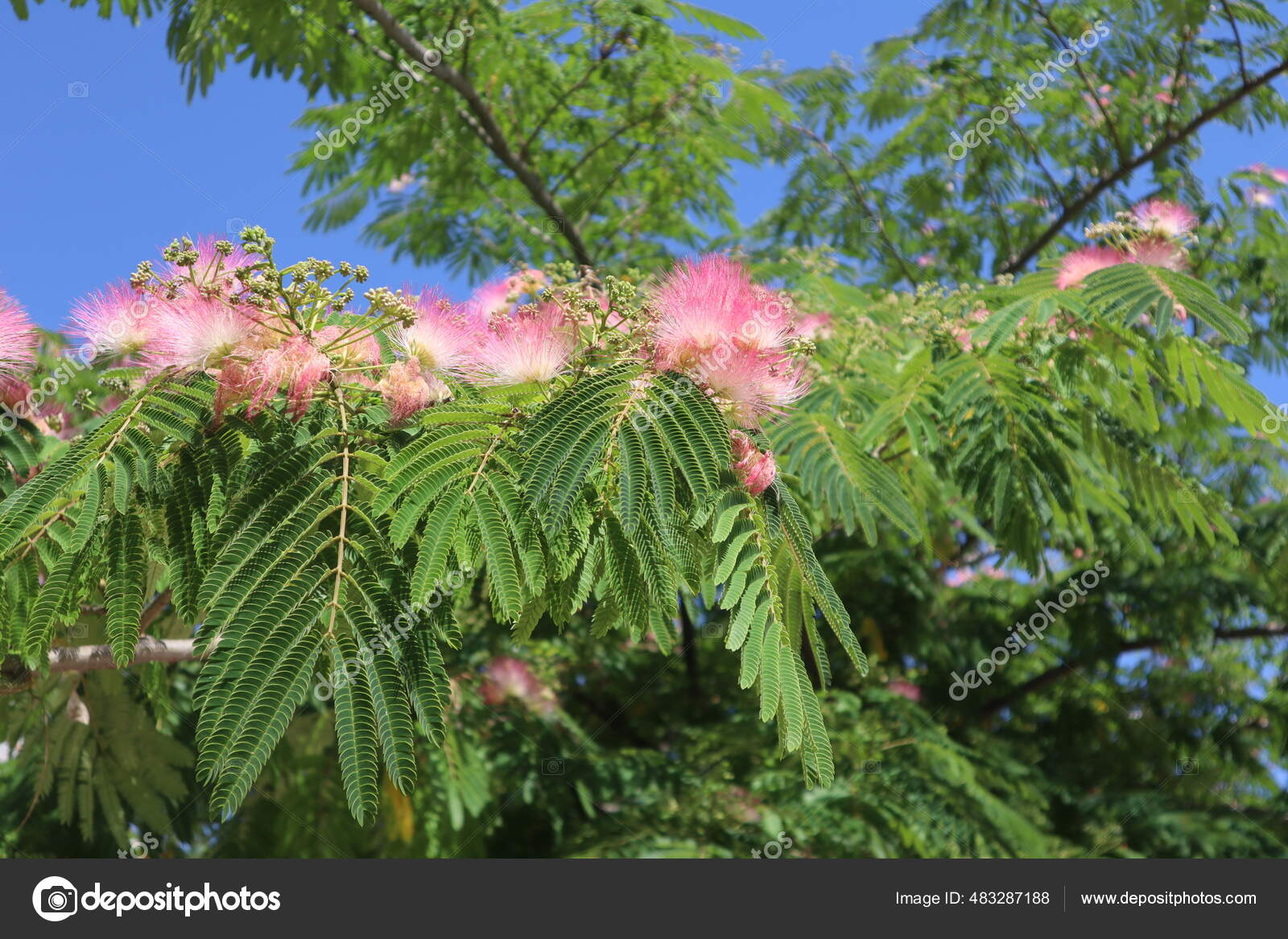



Blooming Albizia Julibrissin Persian Silk Tree Pink Silk Tree Openwork Stock Photo By C Vasilisa Musina
/mimosa.flickr.jee-56a4e95d5f9b58b7d0d9da93.jpg)



How To Manage And Identify The Mimosa Tree




Leaves And Inflorescence Of Persian Silk Tree Albizia Julibrissin Giclee Print Art Com In 21 Persian Silk Tree Giclee Print Silk Tree




Pin On Natural Health




Albizia Julibrissin Landscape Plants Oregon State University




Close Up Of The Leaves Of The Persian Silk Tree Or Mimosa Albizia Julibrissin Stock Photo Picture And Royalty Free Image Image
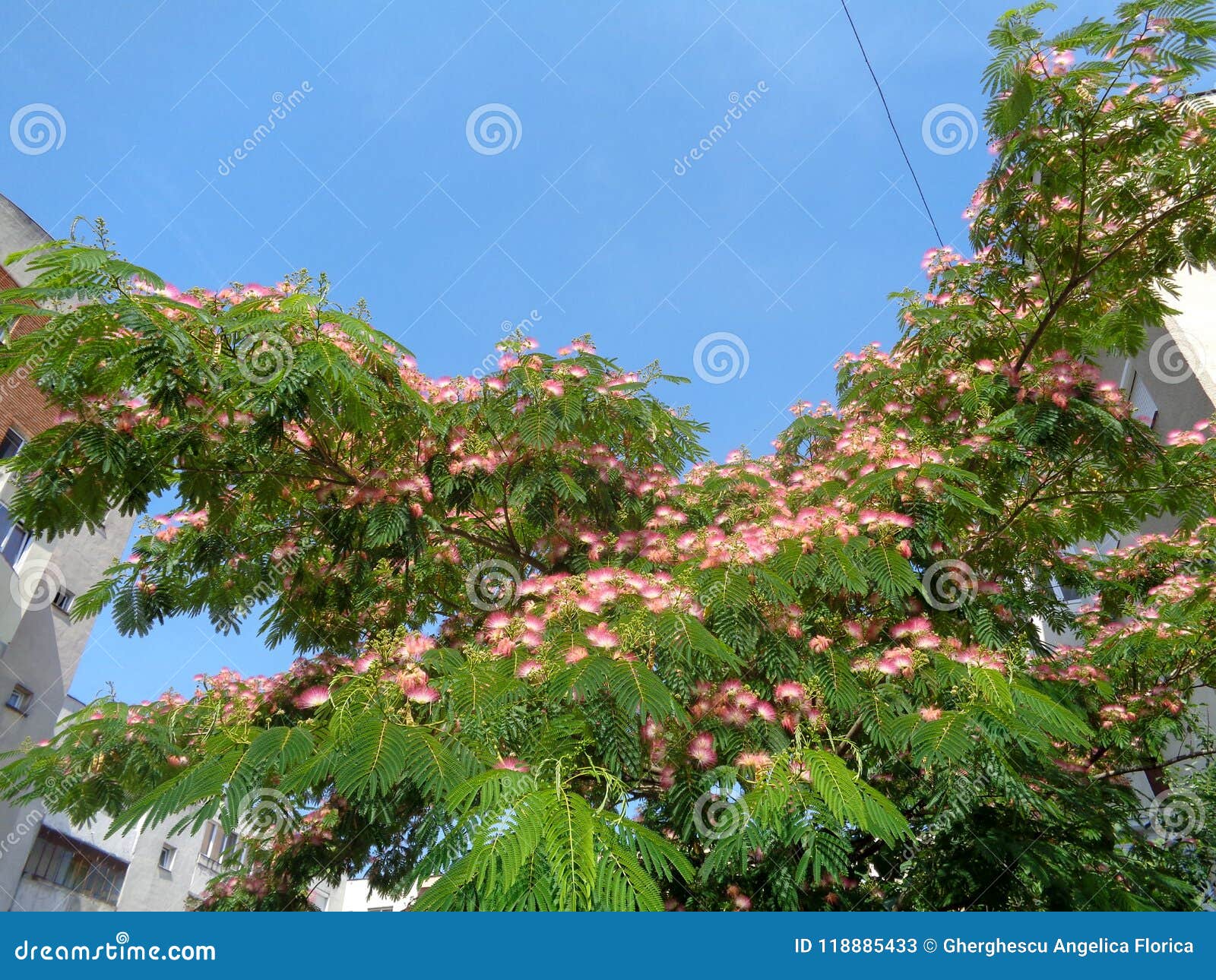



Silk Tree Albizia Julibrissin Stock Image Image Of Tree Persian
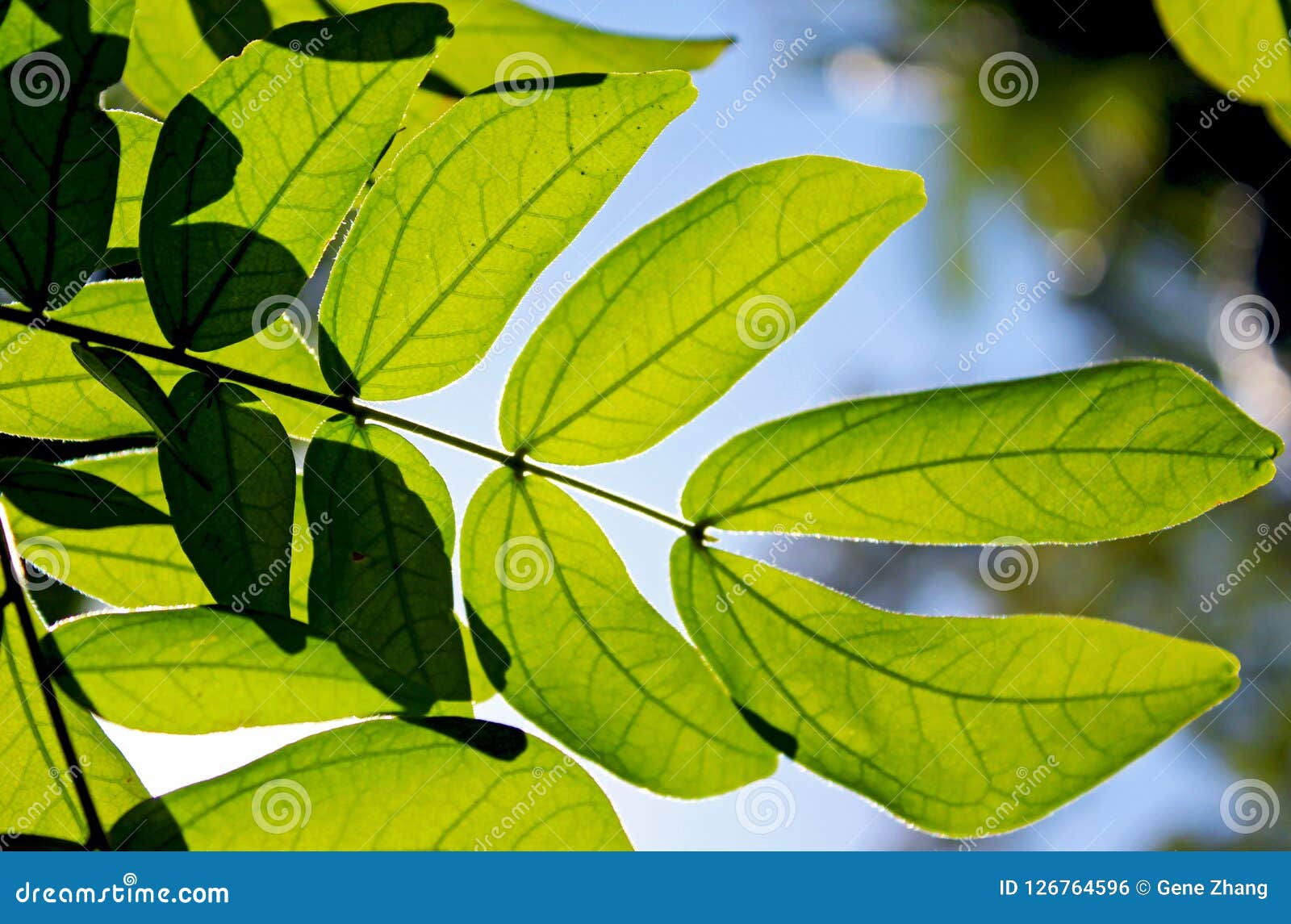



Green Leaf Of Persian Silk Tree Stock Photo Image Of Tree Pink
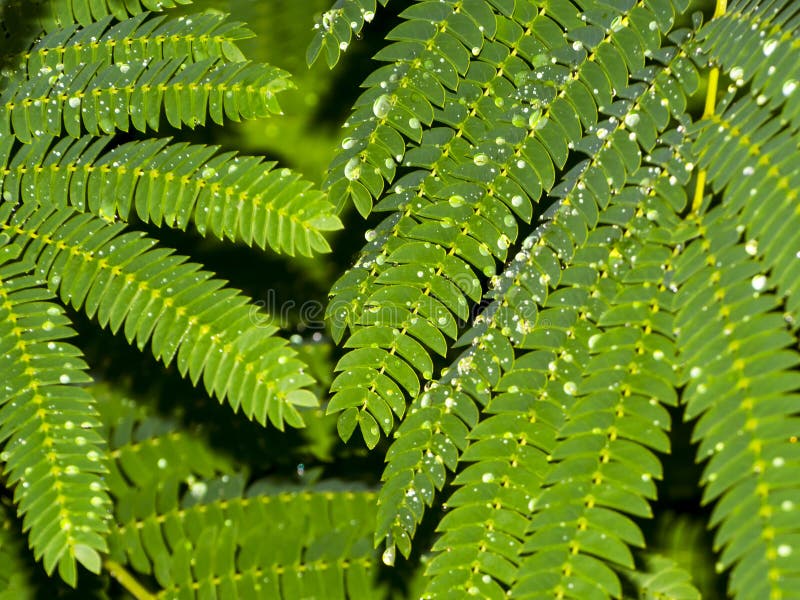



Leaves Of A Persian Silk Tree In A Garden Stock Image Image Of Fabaceae Leaves
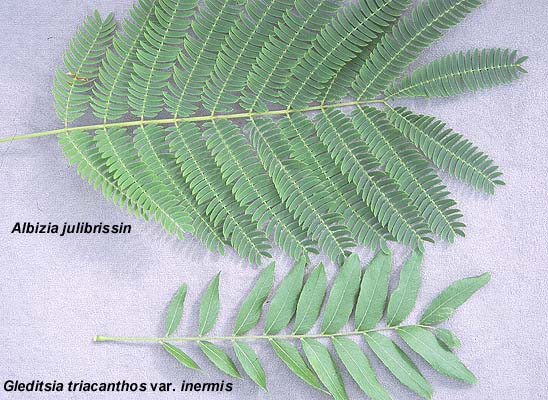



Albizia Julibrissin Landscape Plants Oregon State University




Gentle Pink To White Flowers And Leaves Of Persian Silk Tree Also Called Pink Silk Tree Latin Name Albizia Julibrissin In Full Blossom And Some Past Blossom Stock Photo Download Image
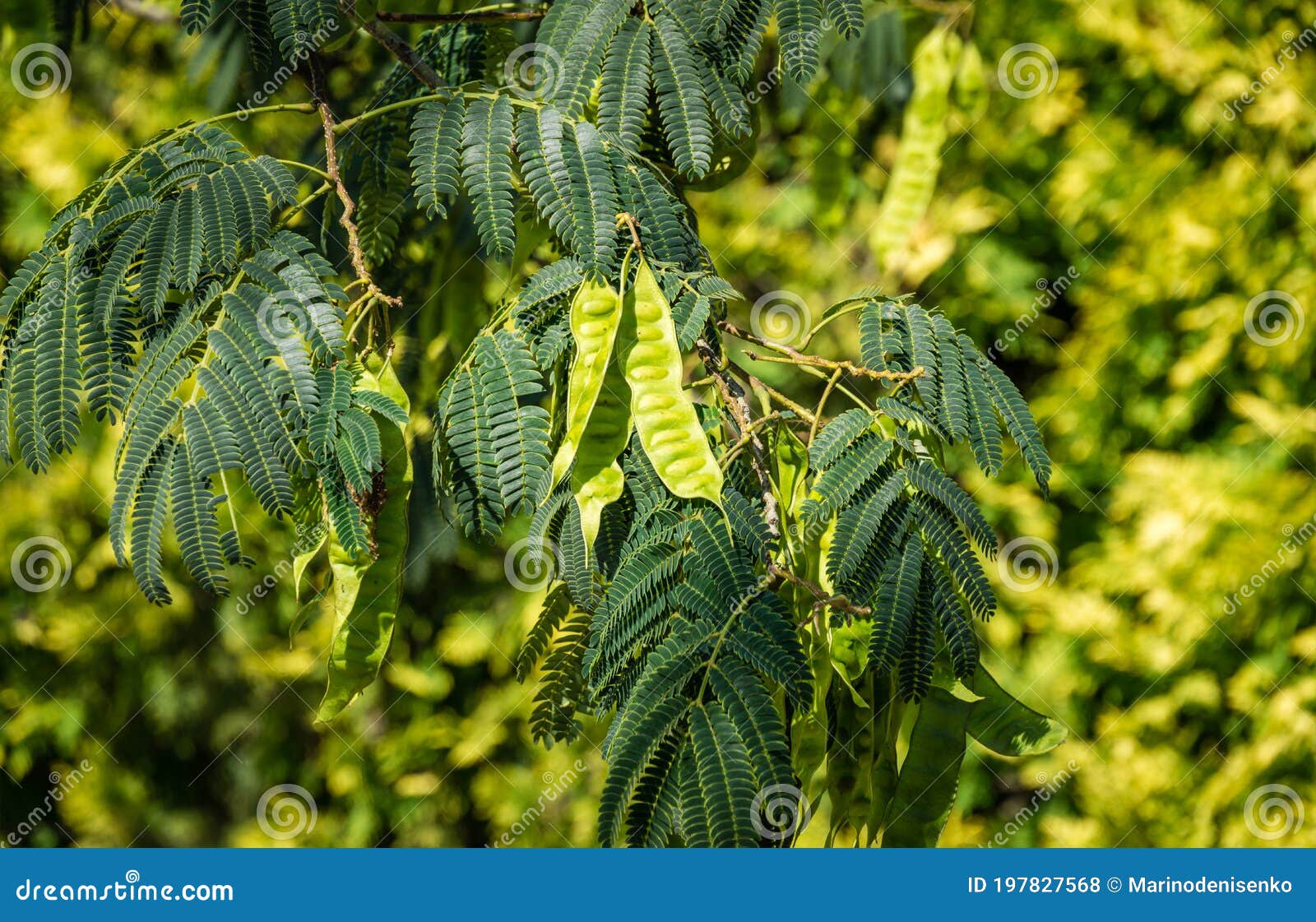



Closeup Of Seed Pods And Green Leaves Of Persian Silk Tree Albizia Julibrissin Japanese Acacia Or Pink Silk Tree Stock Photo Image Of Closeup Landscape




Albizia Julibrissin Wikipedia




Persian Silk Tree Flower Stock Fotografie Black Locust Leaf Blume Png Herunterladen 1280 940 Kostenlos Transparent Blatt Png Herunterladen




Dark Red Leaves Albiziapersian Silk Tree Stock Photo Edit Now




Persian Silk Tree Leaves Close Up Of The Leaves Of The Persian Silk Tree Or Mimosa Aka Albizia Julibrissin Overlaid By The Canstock



Mimosa



Mimosa




Mimosa Silk Tree Mdc Teacher Portal




Closeup Of Green Bipinnate Leaves Of Persian Silk Tree Or Pink Siris Stock Photo Download Image Now Istock
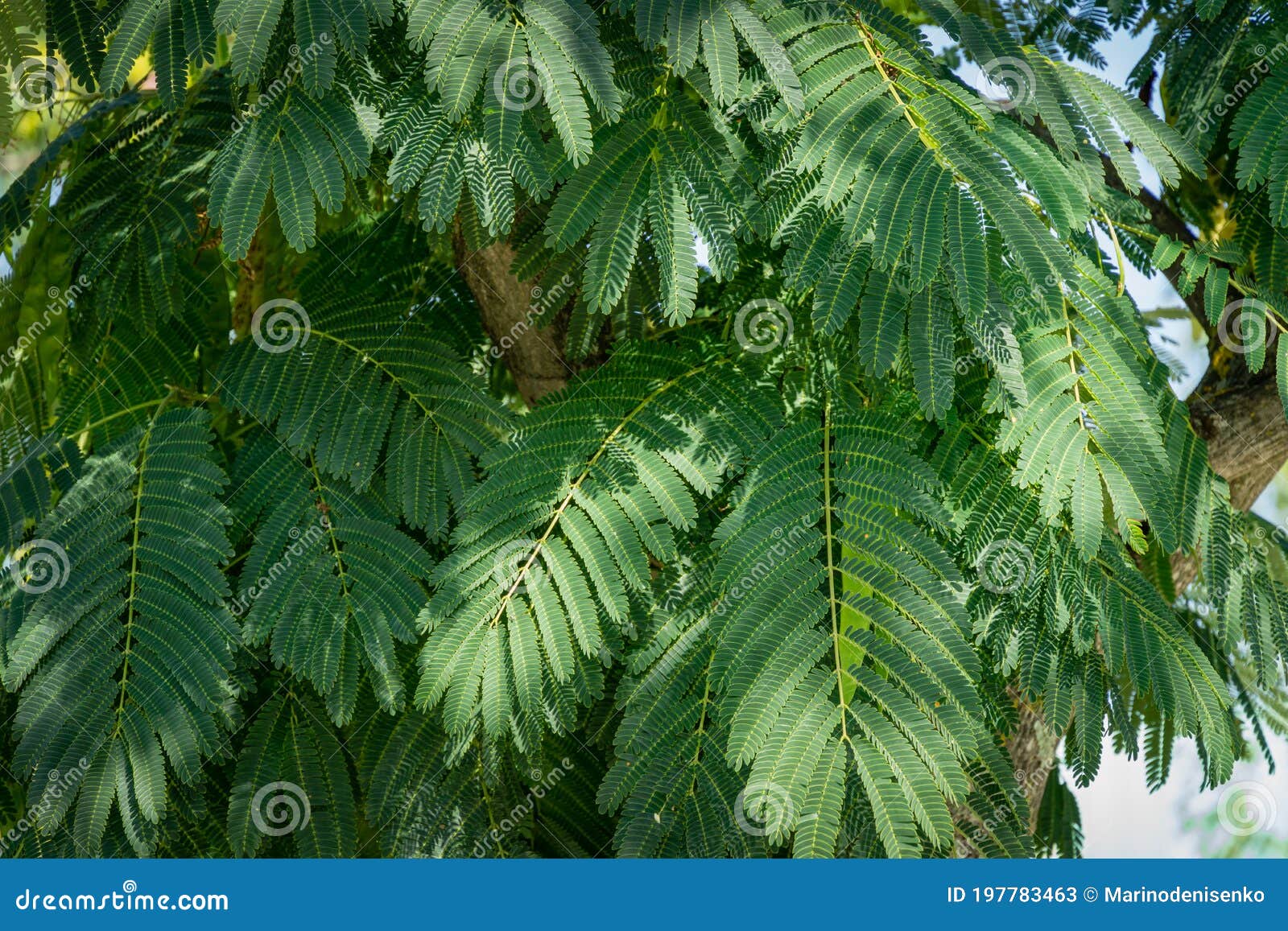



Closeup Of Delicate Green Leaves Of Persian Silk Tree Albizia Julibrissin Japanese Acacia Or Pink Silk Tree In City Park Krasno Stock Image Image Of Botany Gardening




Amazon Com 25 Mimosa Persian Silk Tree Albizia Julibrissin Seeds Plant Seed And Flower Products Patio Lawn Garden




Floral Arranged Composition With Persian Silk Tree Flowers And Lush Green Leaves On White Background Flatly Pattern With Pink Siris Flat Lay Top View Stock Photo By C Woodpencil
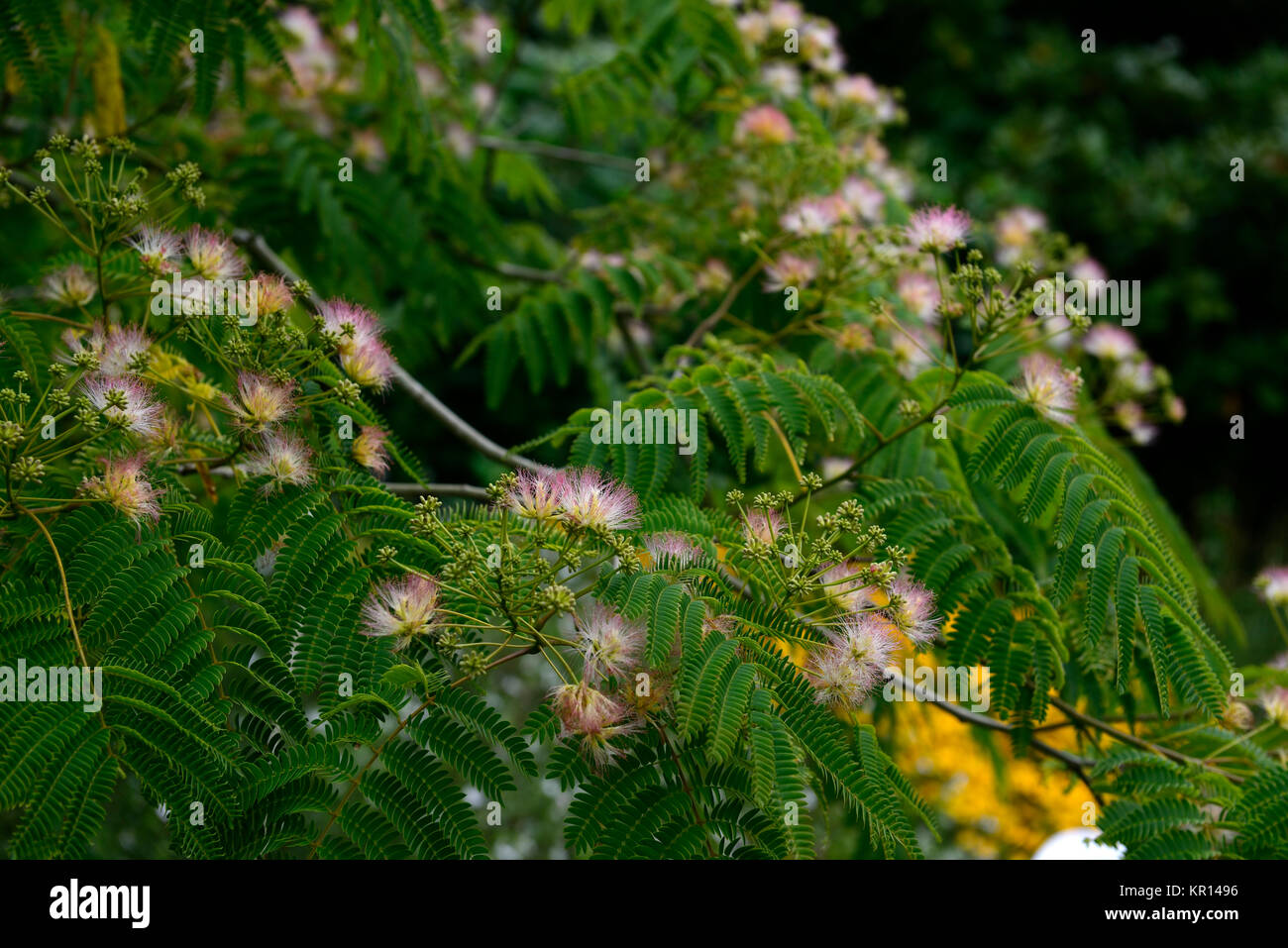



Albizia Julibrissin Persian Silk Tree Silk Silky Flowers Flower Flowering Trees Leaves Foliage Exotic Bi Pinnate Compound Foliage Rm Floral Stock Photo Alamy




Photo Of The Leaves Of Mimosa Tree Albizia Julibrissin Posted By Springgreenthumb Garden Org
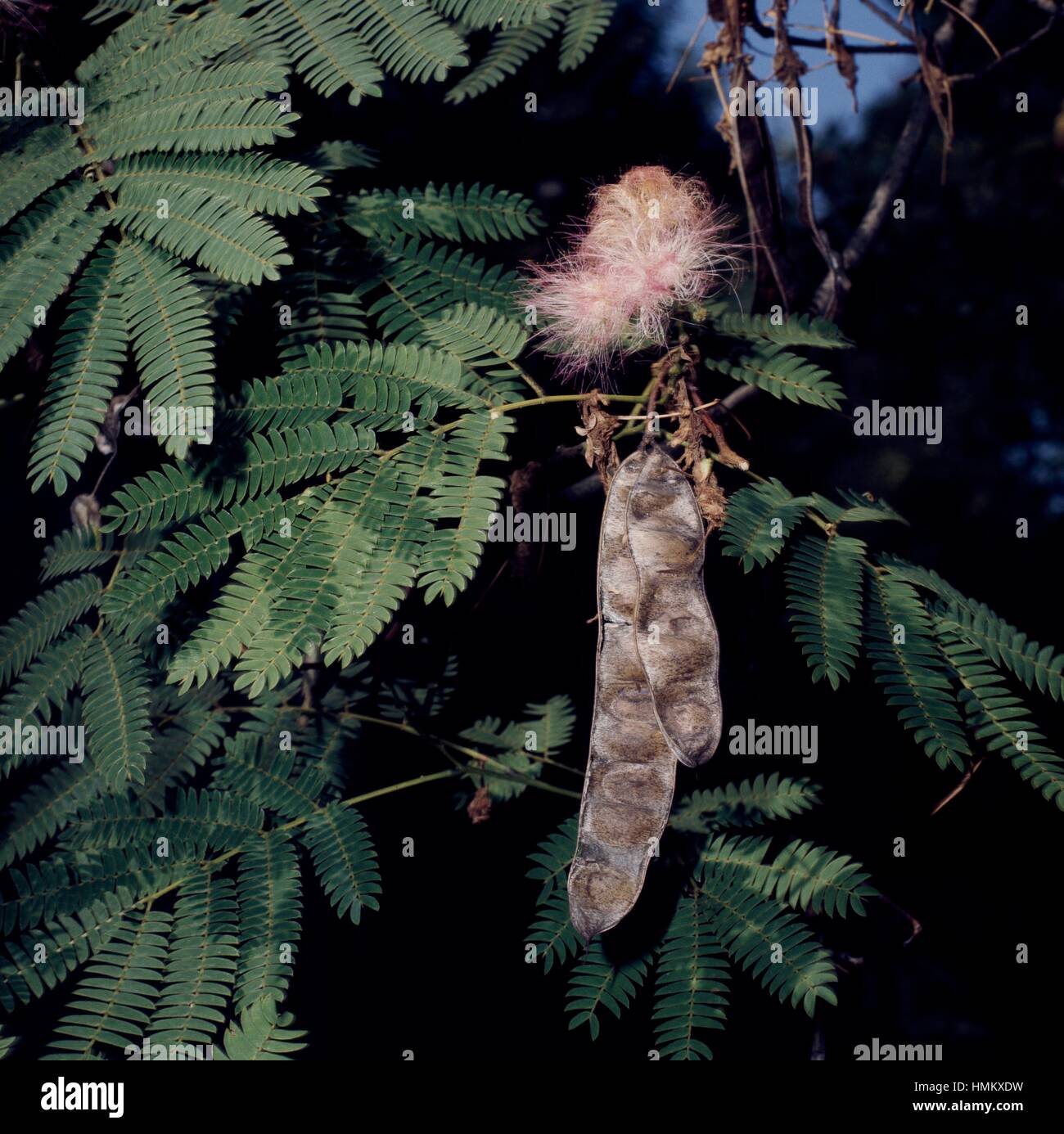



Persian Silk Tree Leaves And Fruit Albizia Julibrissin Fabaceae Lehuminosae Mimosoideae Stock Photo Alamy




Closeup Of Delicate Green Leaves Of Persian Silk Tree Japanese Acacia Or Pink Silk Tree In City Park Krasnodar Or Public Landscape Galitsky Park Sunny Autumn Stock Photo Download Image Now
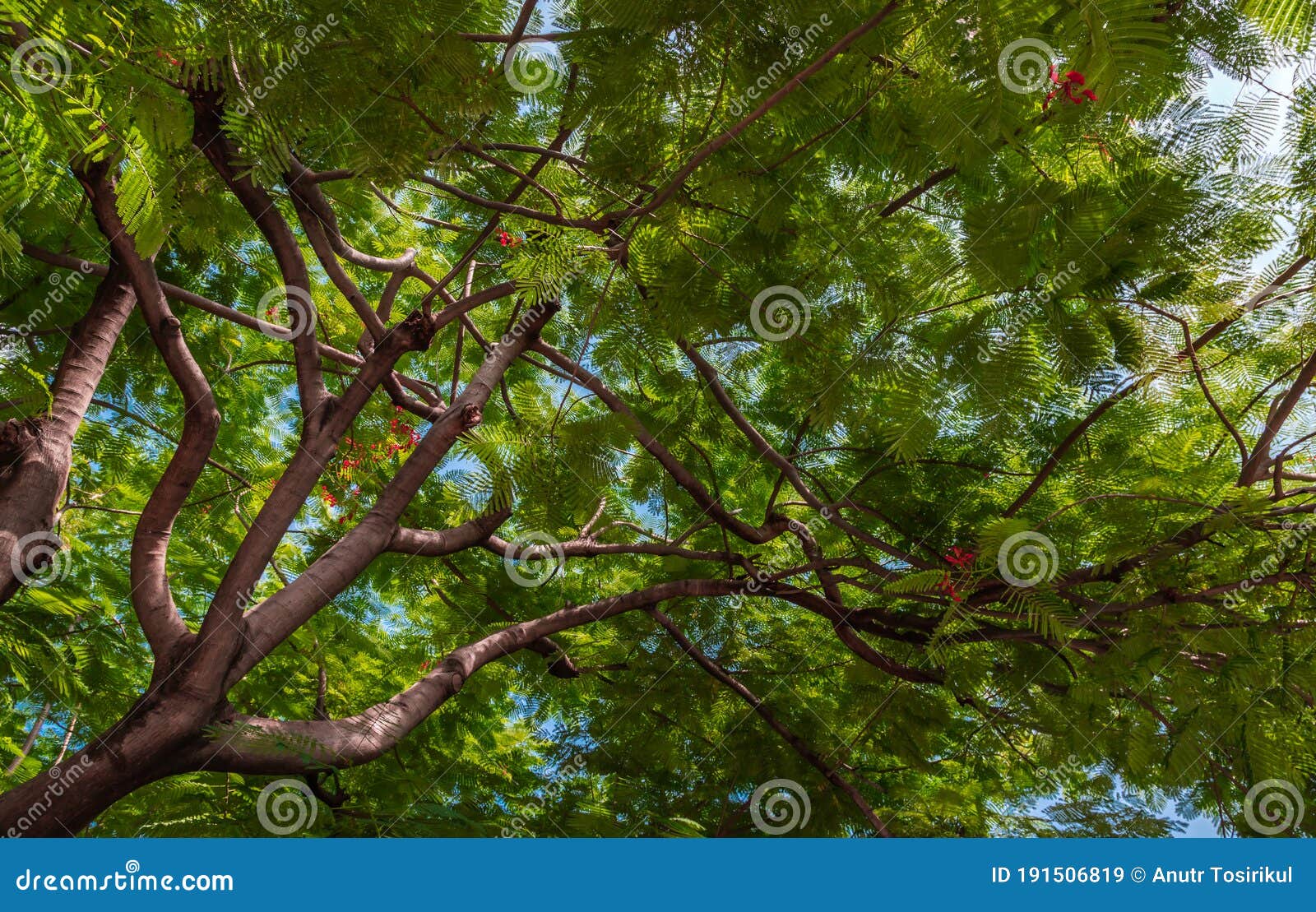



Detail Of Sunlight Passing Through Small Green Leaves Of Persian Silk Tree On Blurred Greenery Of Garden Stock Image Image Of Foliage Delicate




Persian Silk Tree The Garden Website Com




Albizia Julibrissin Persian Silk Tree Blerick Tree Farm
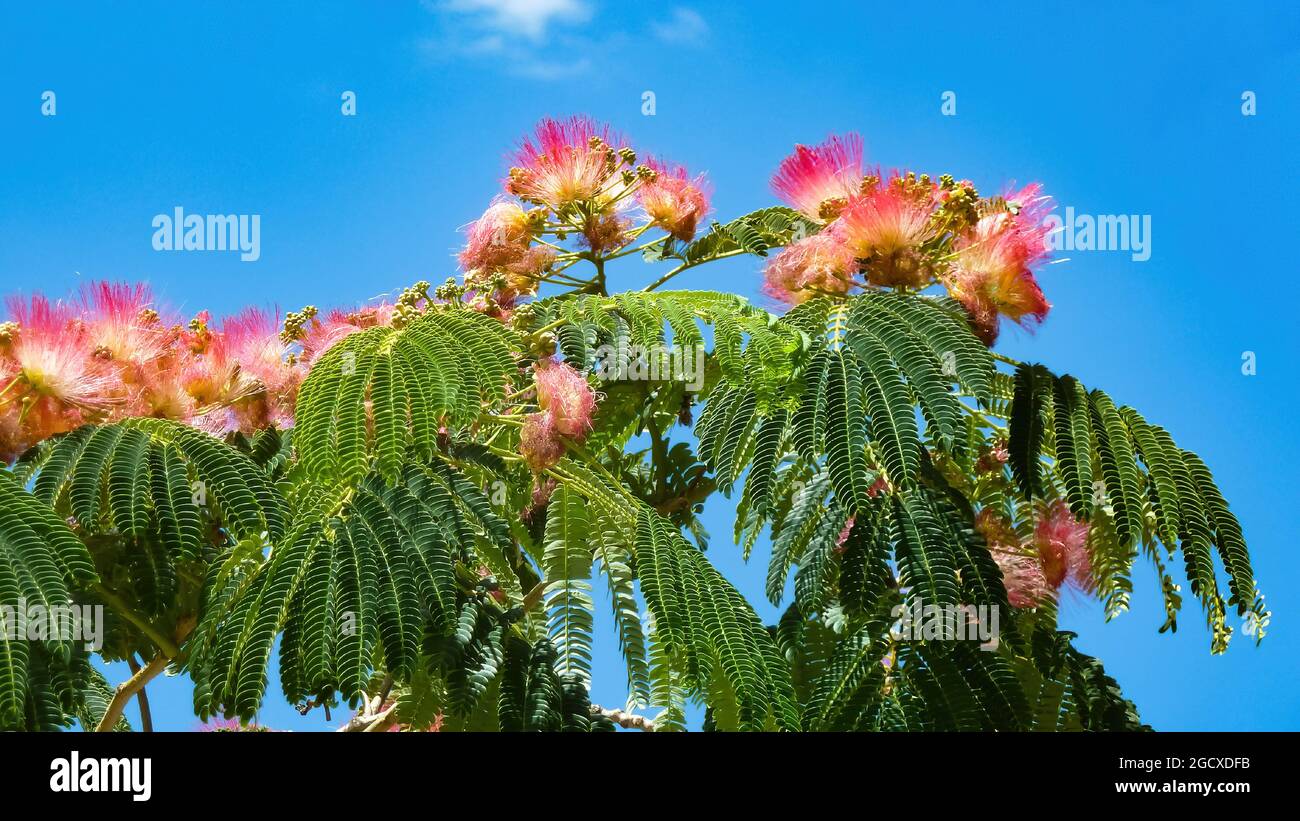



Close Up Of Isoalted Bright Flowers And Green Leaves Of Pink Persian Silk Tree Albizia Julibrissin Against Blue Sky Stock Photo Alamy
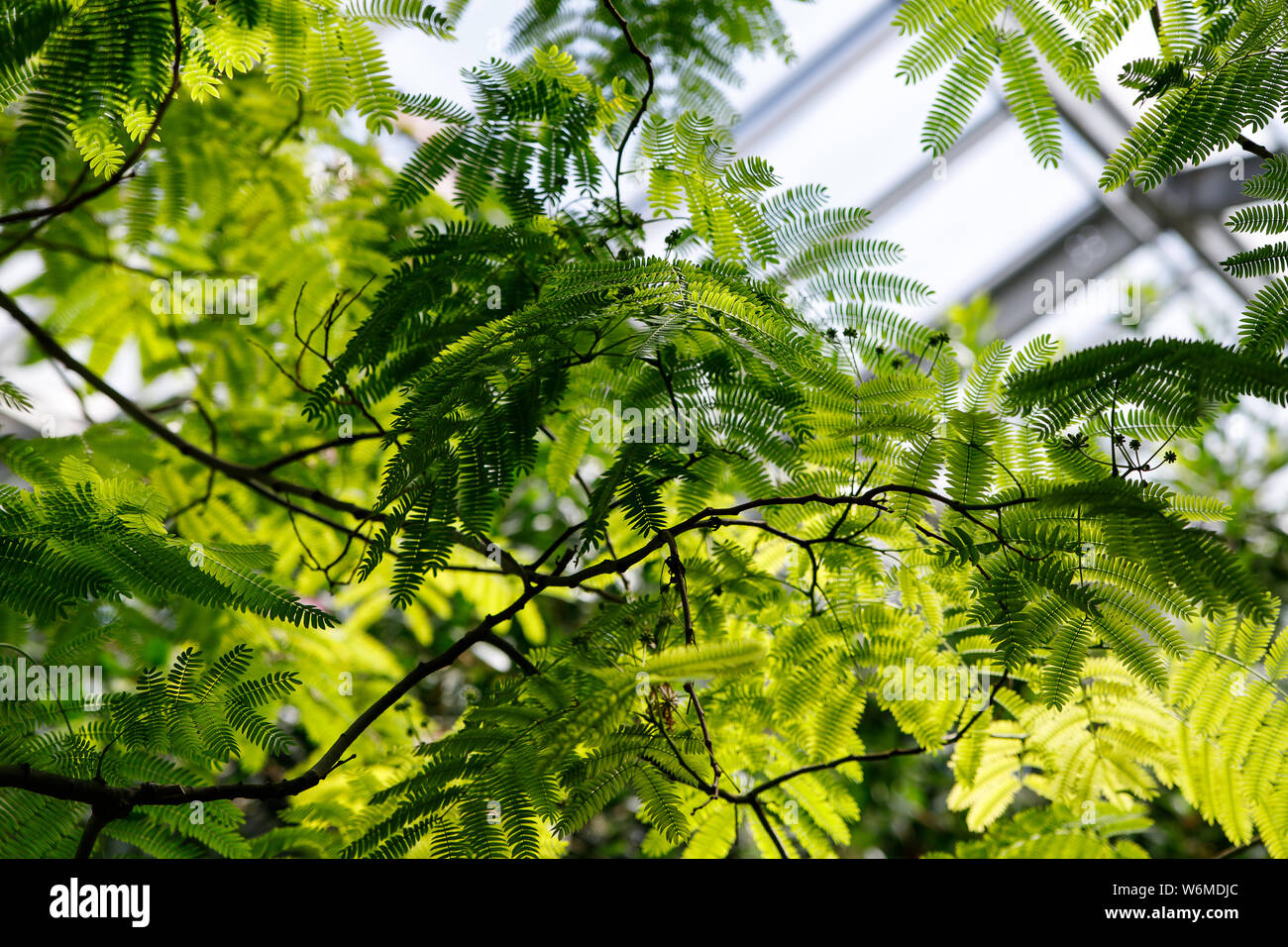



Detail Of Albizia Julibrissin Persian Silk Tree Pink Silk Tree Green Leaves Summer Background Stock Photo Alamy
コメント
コメントを投稿